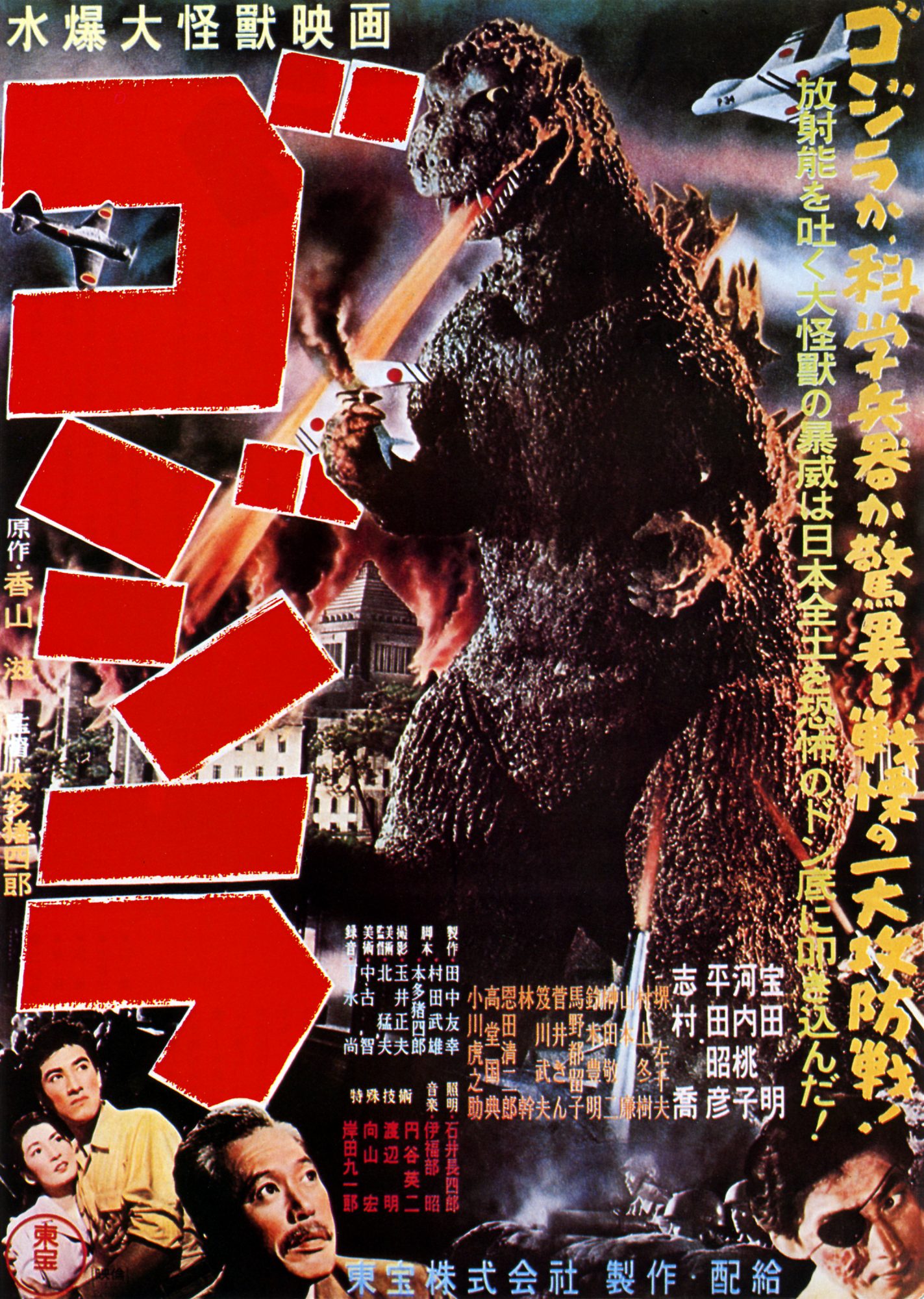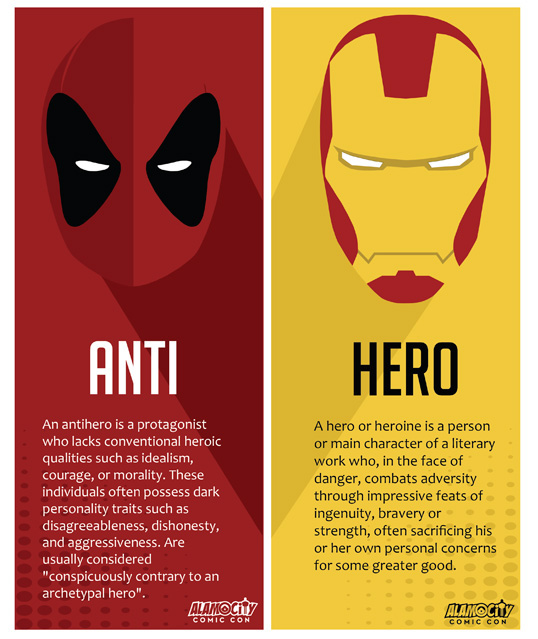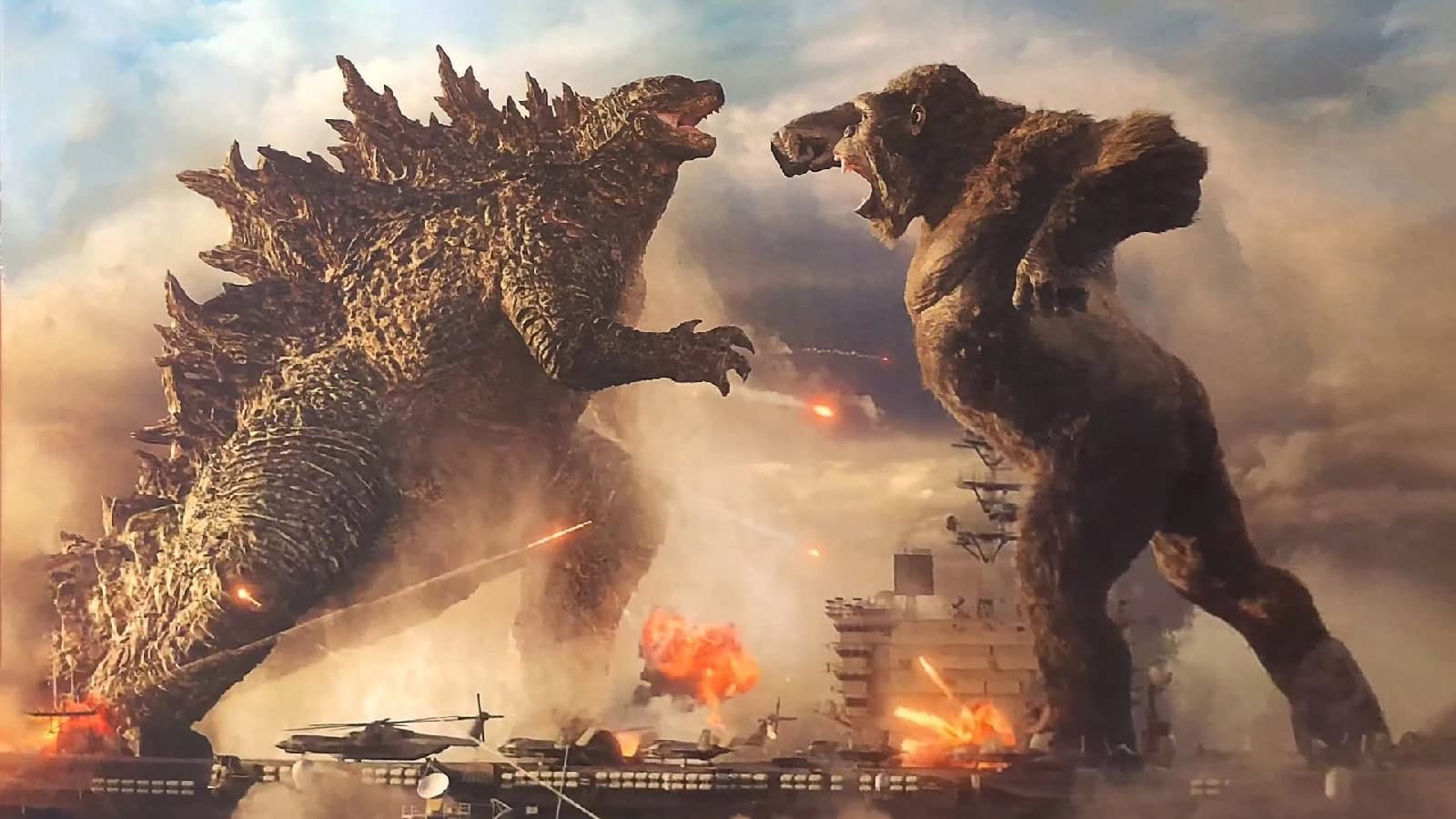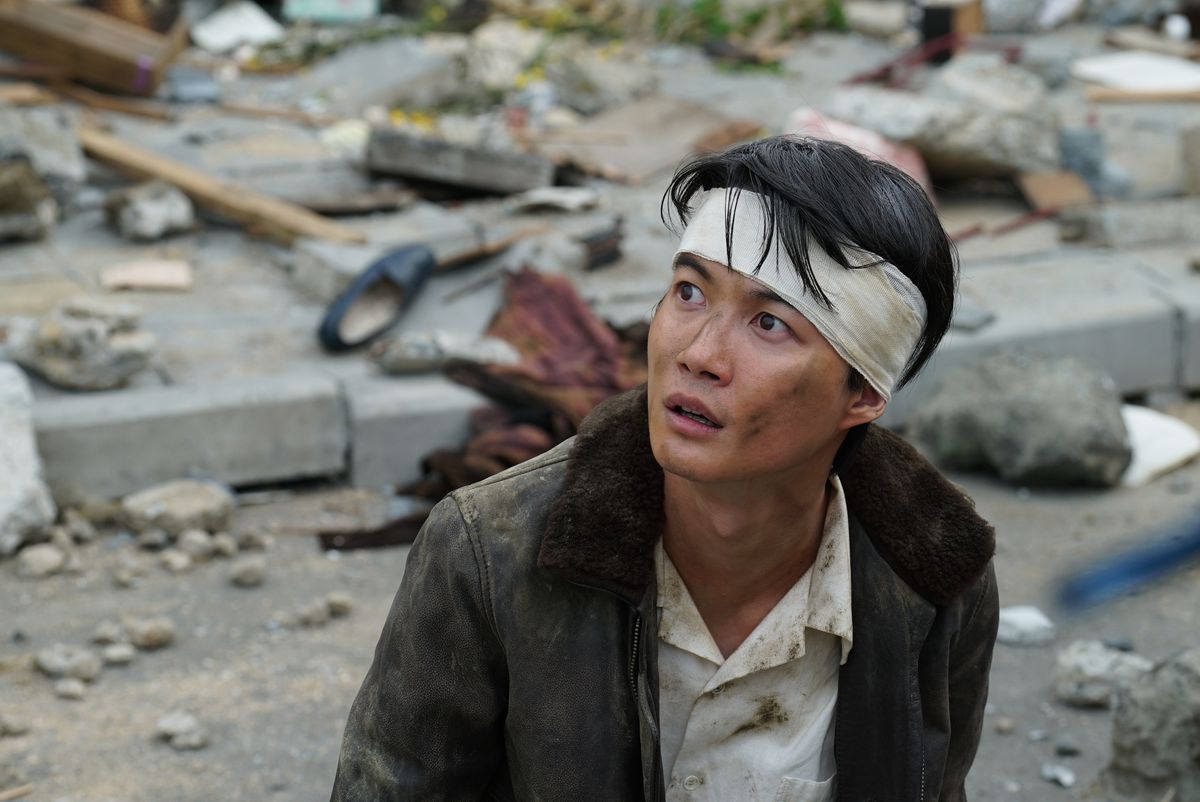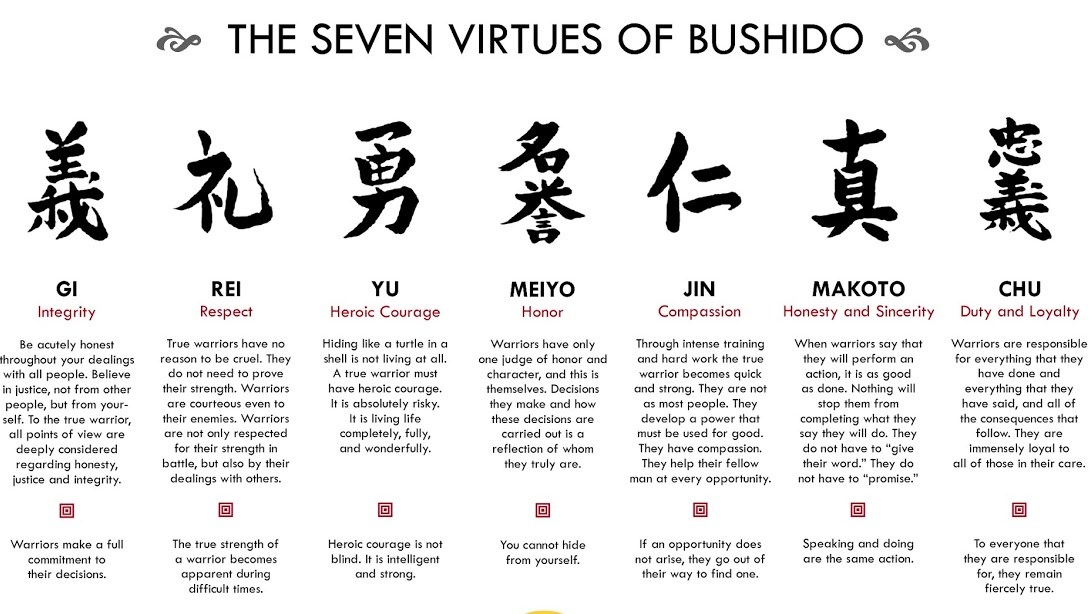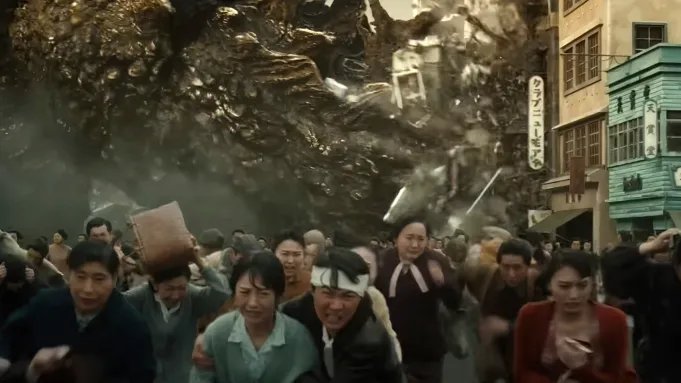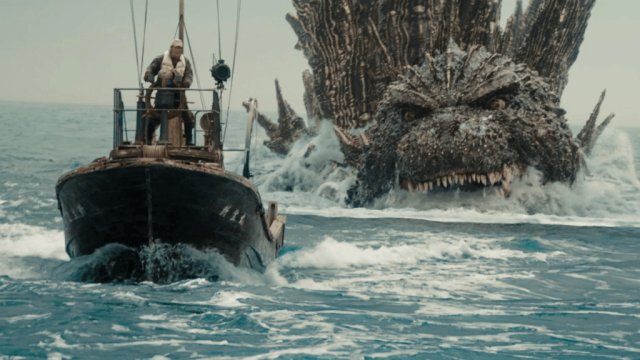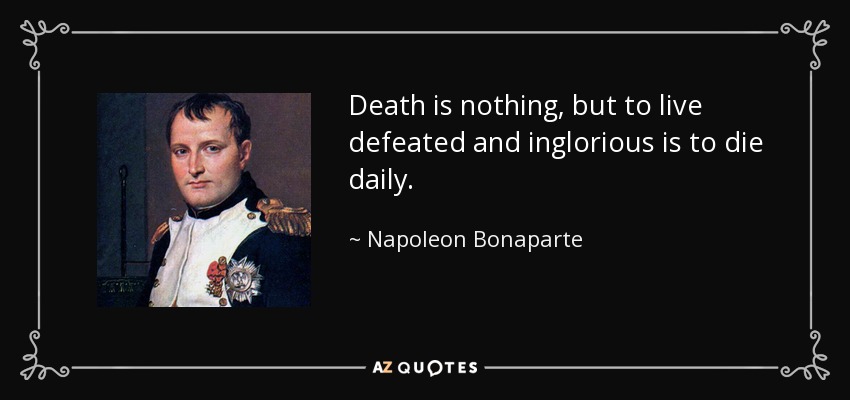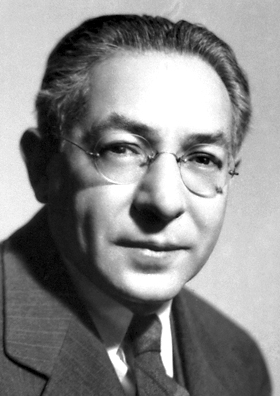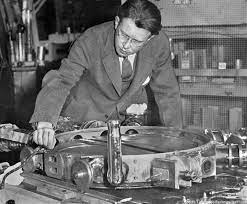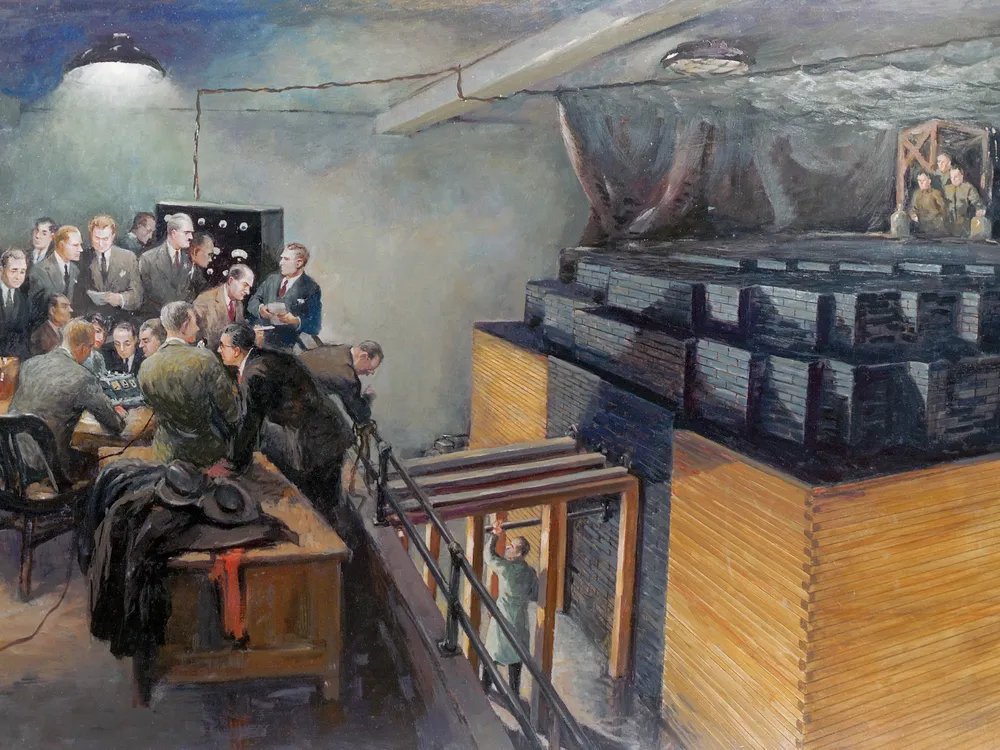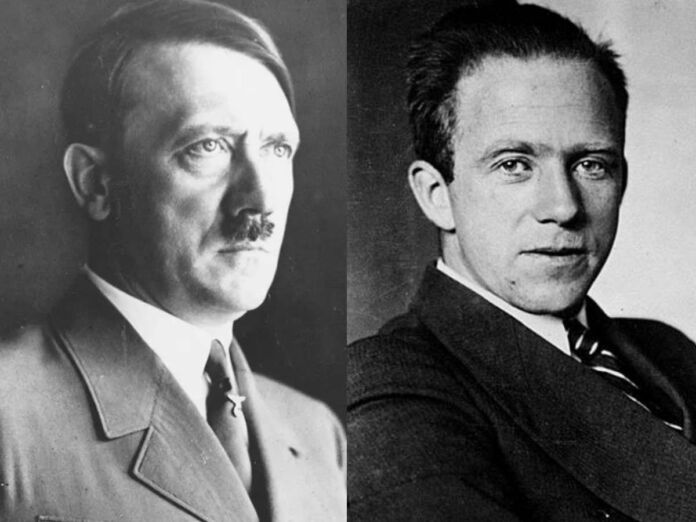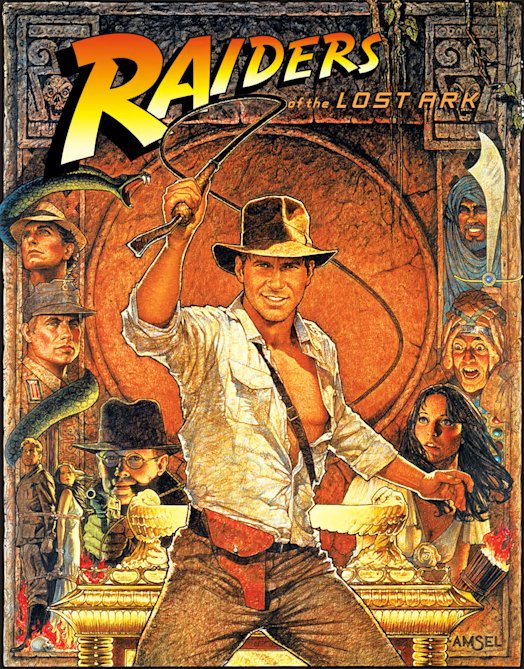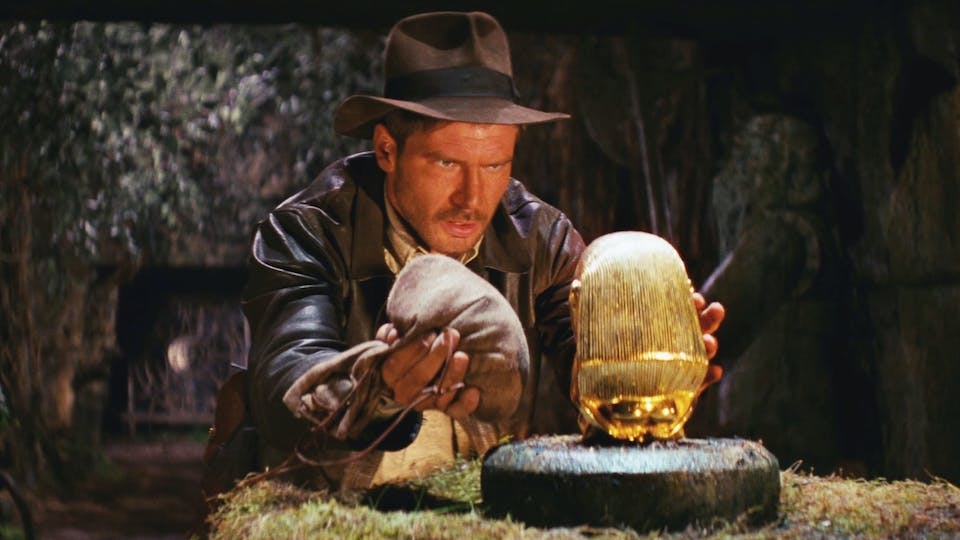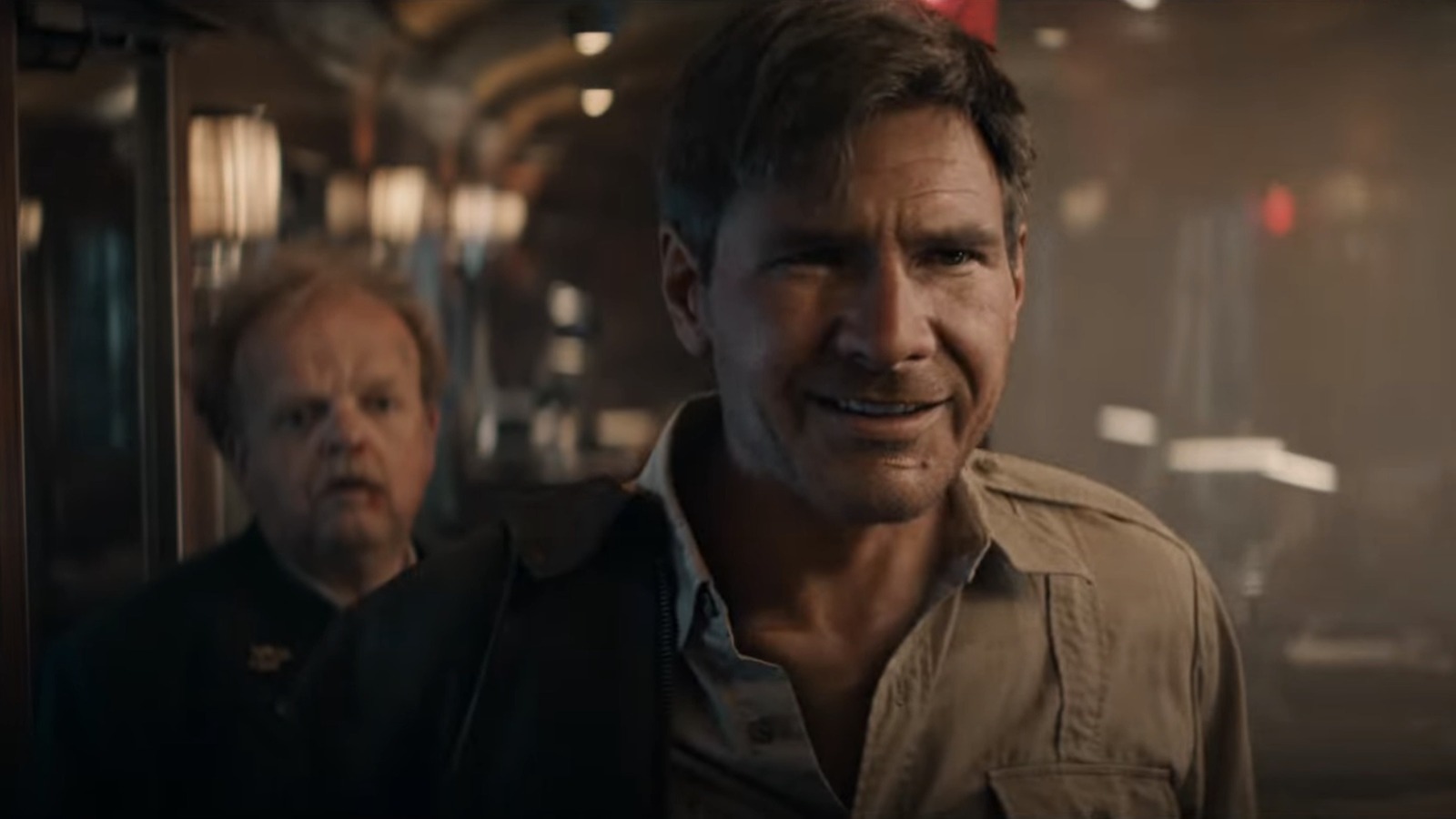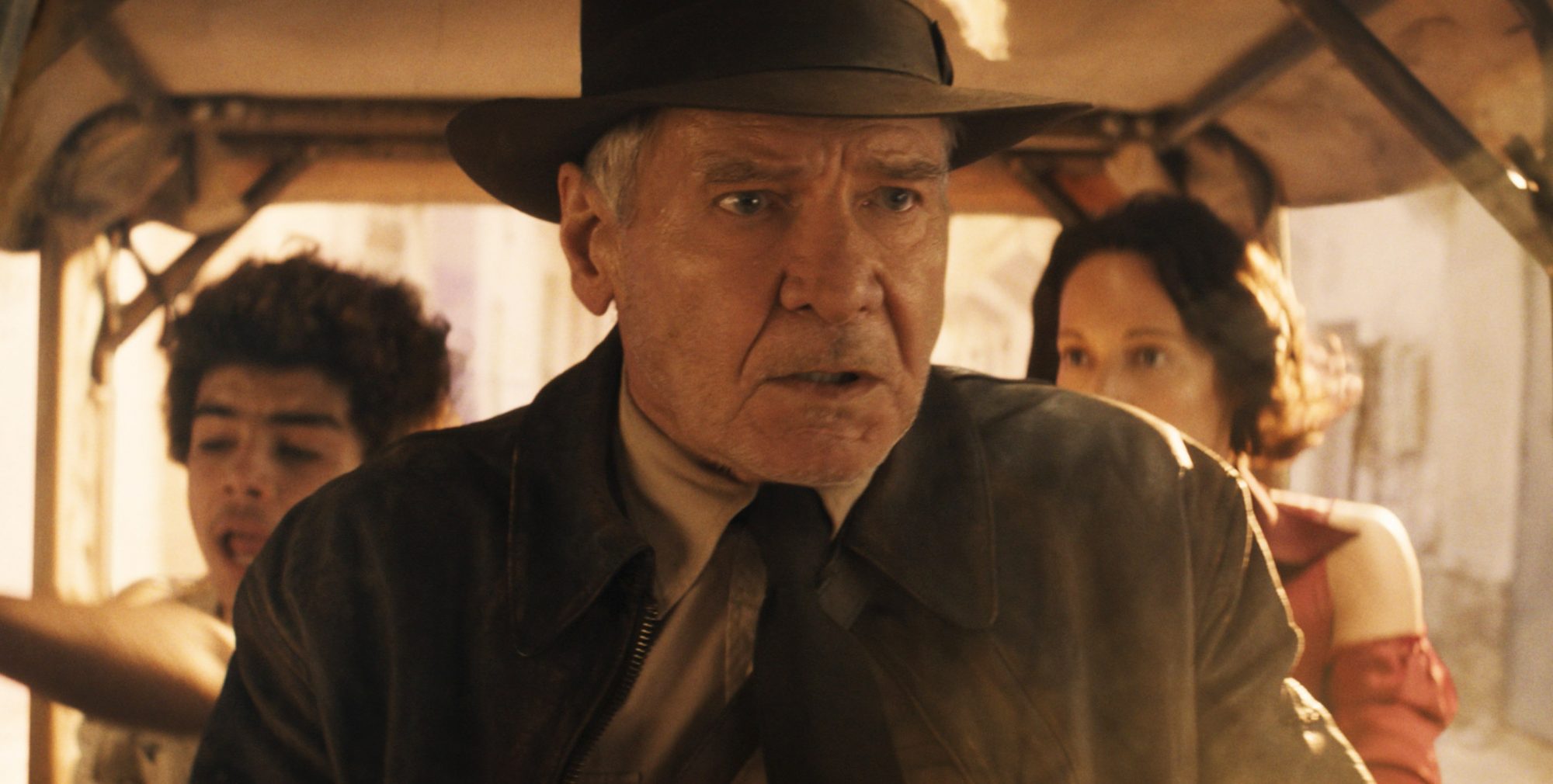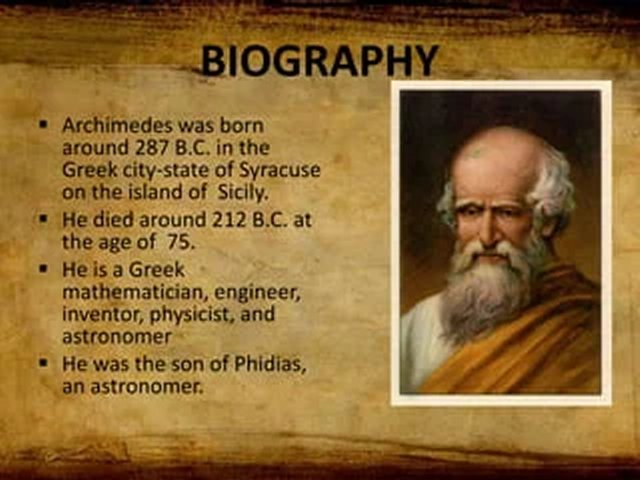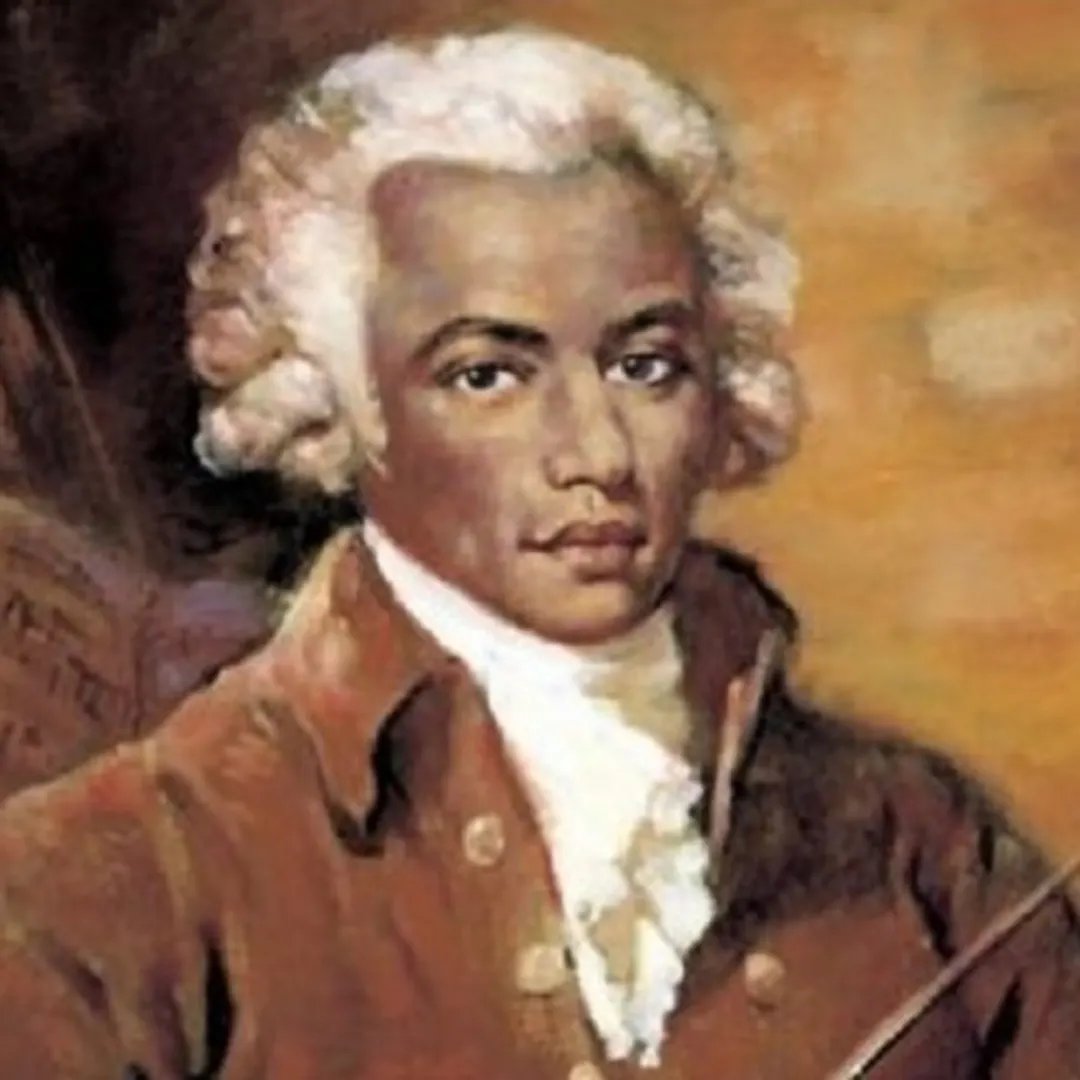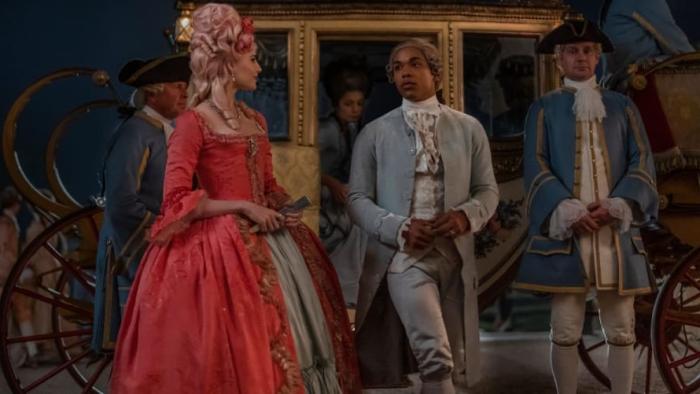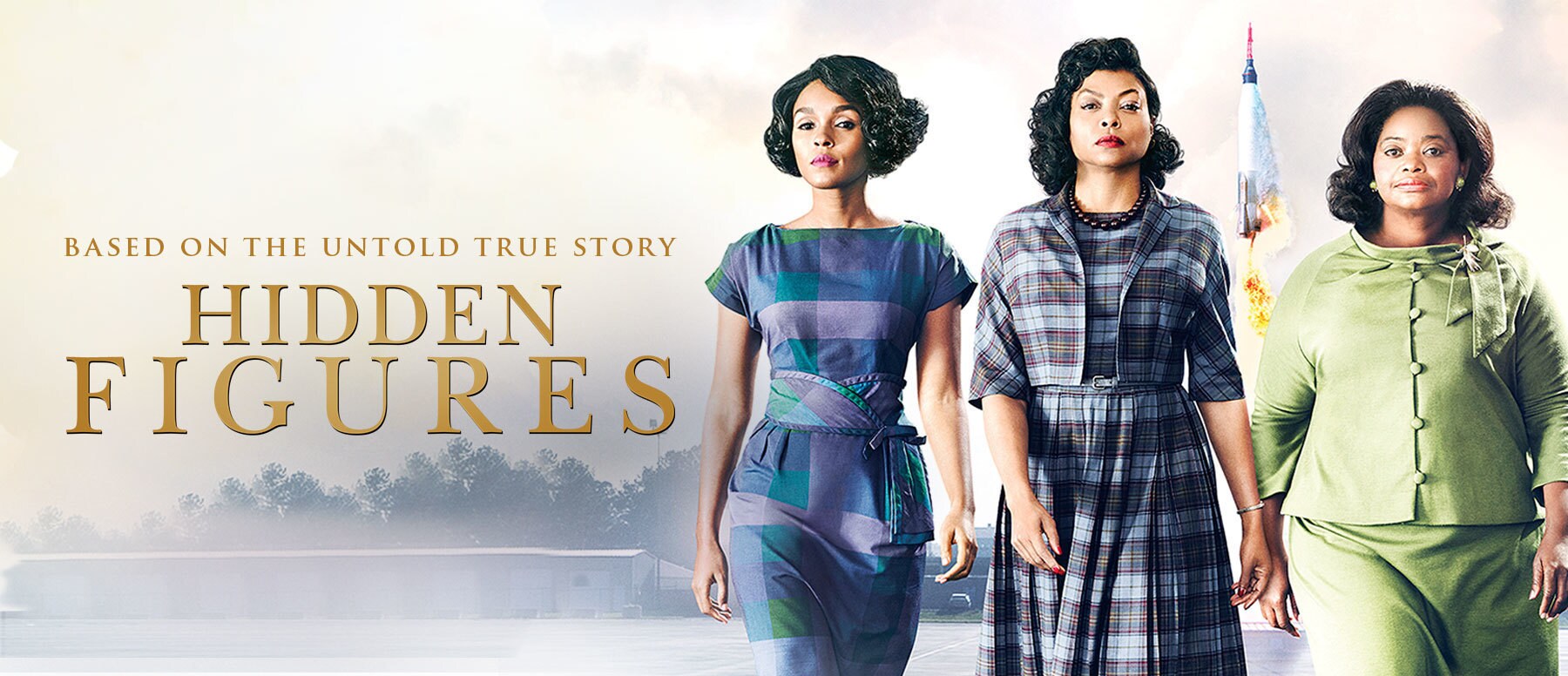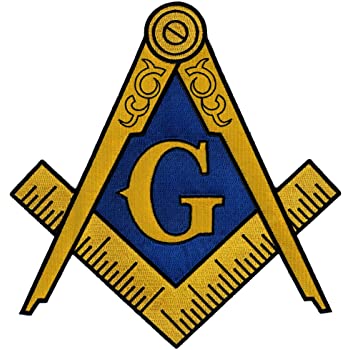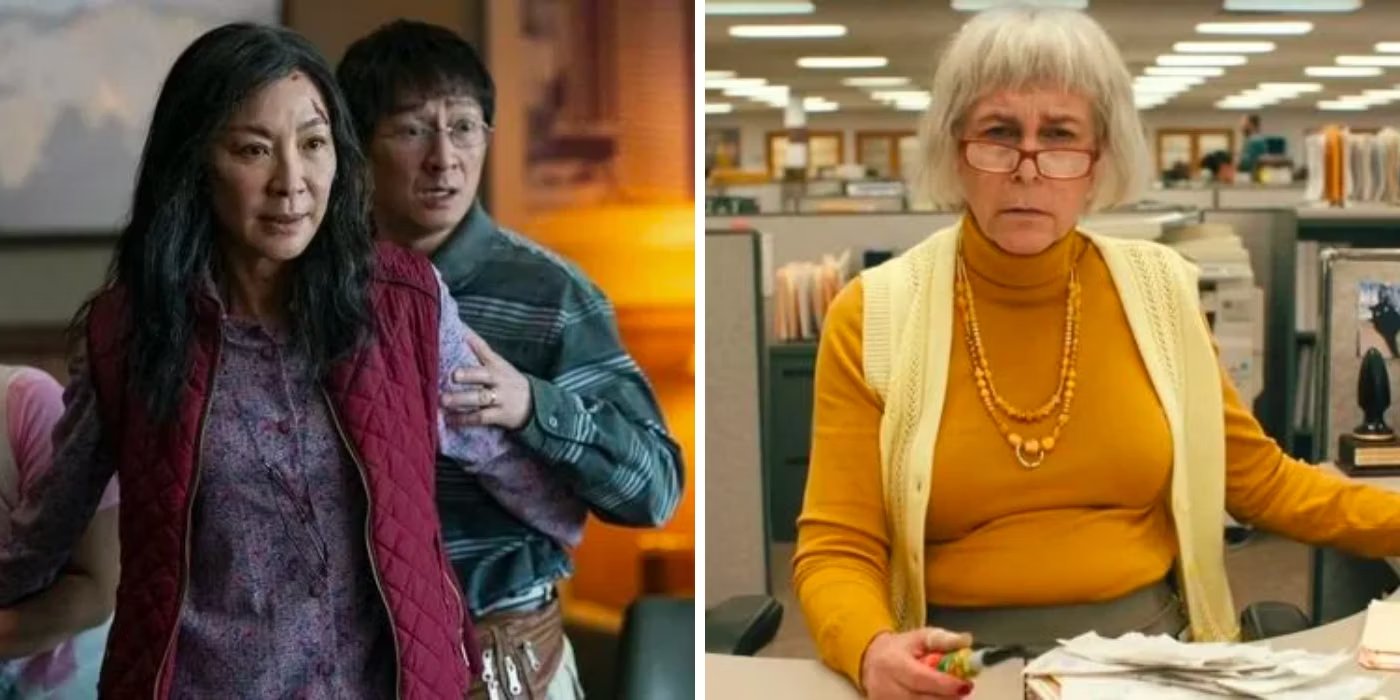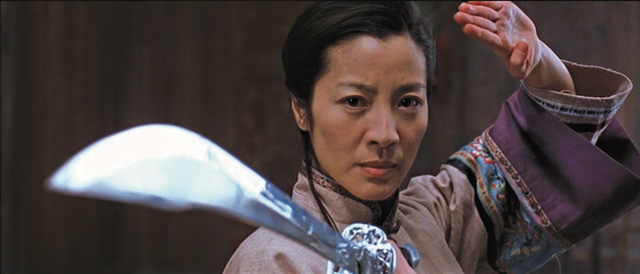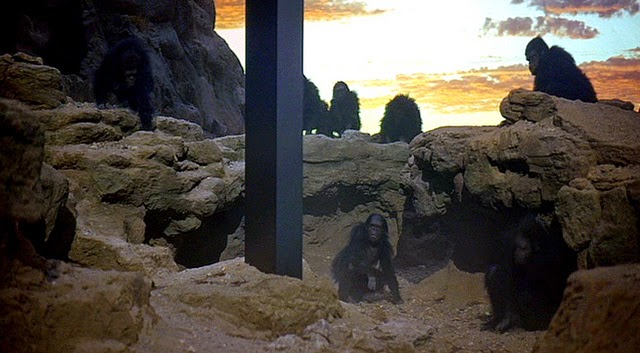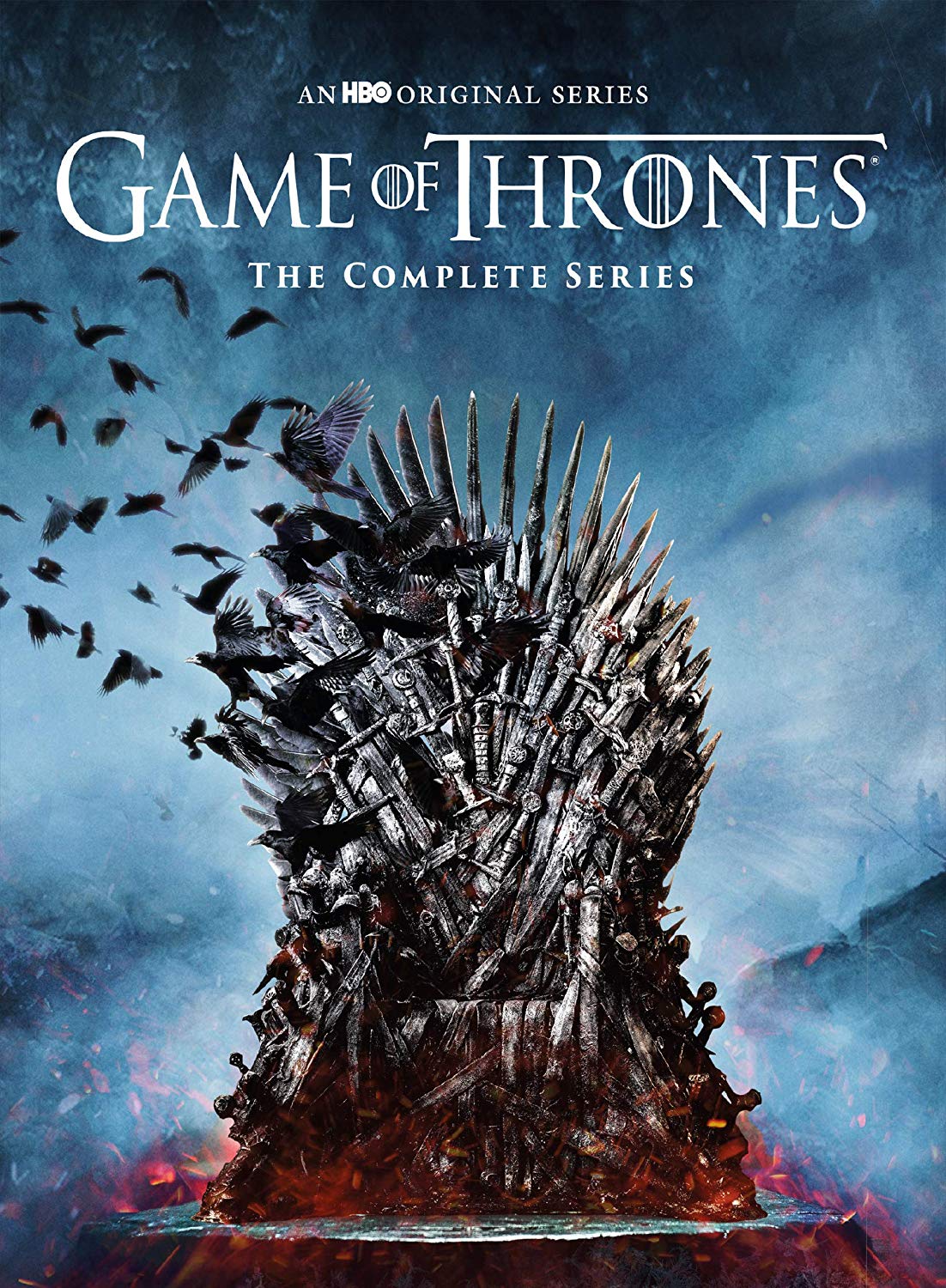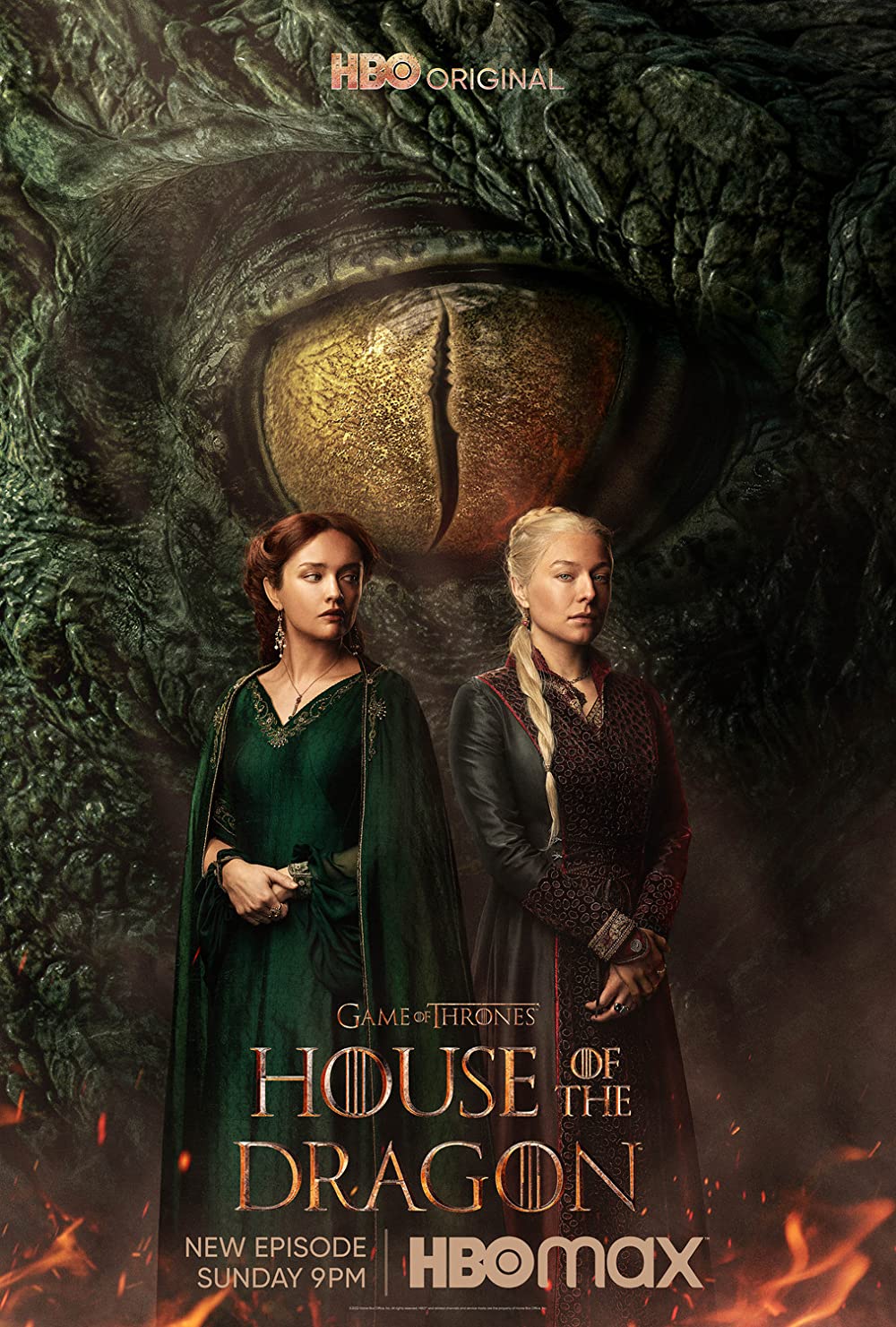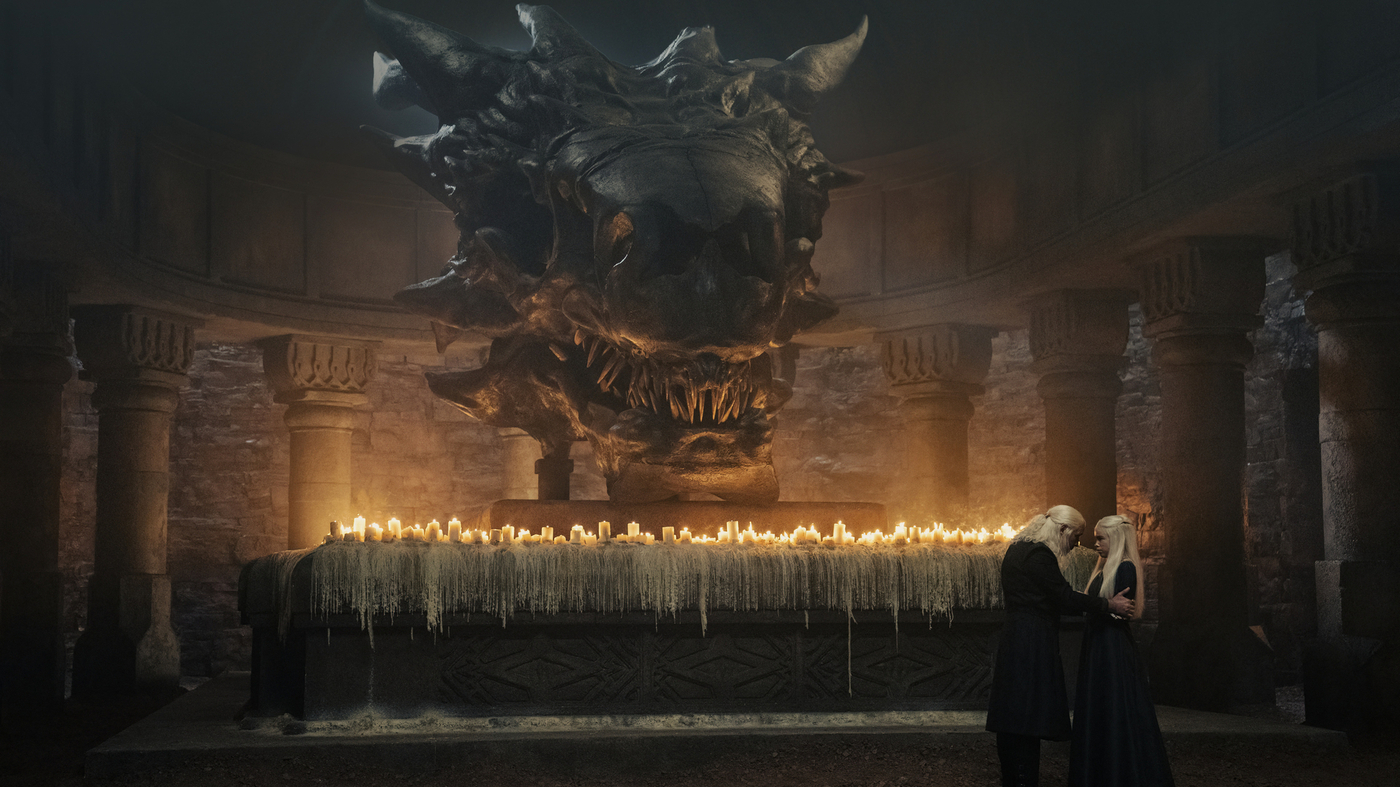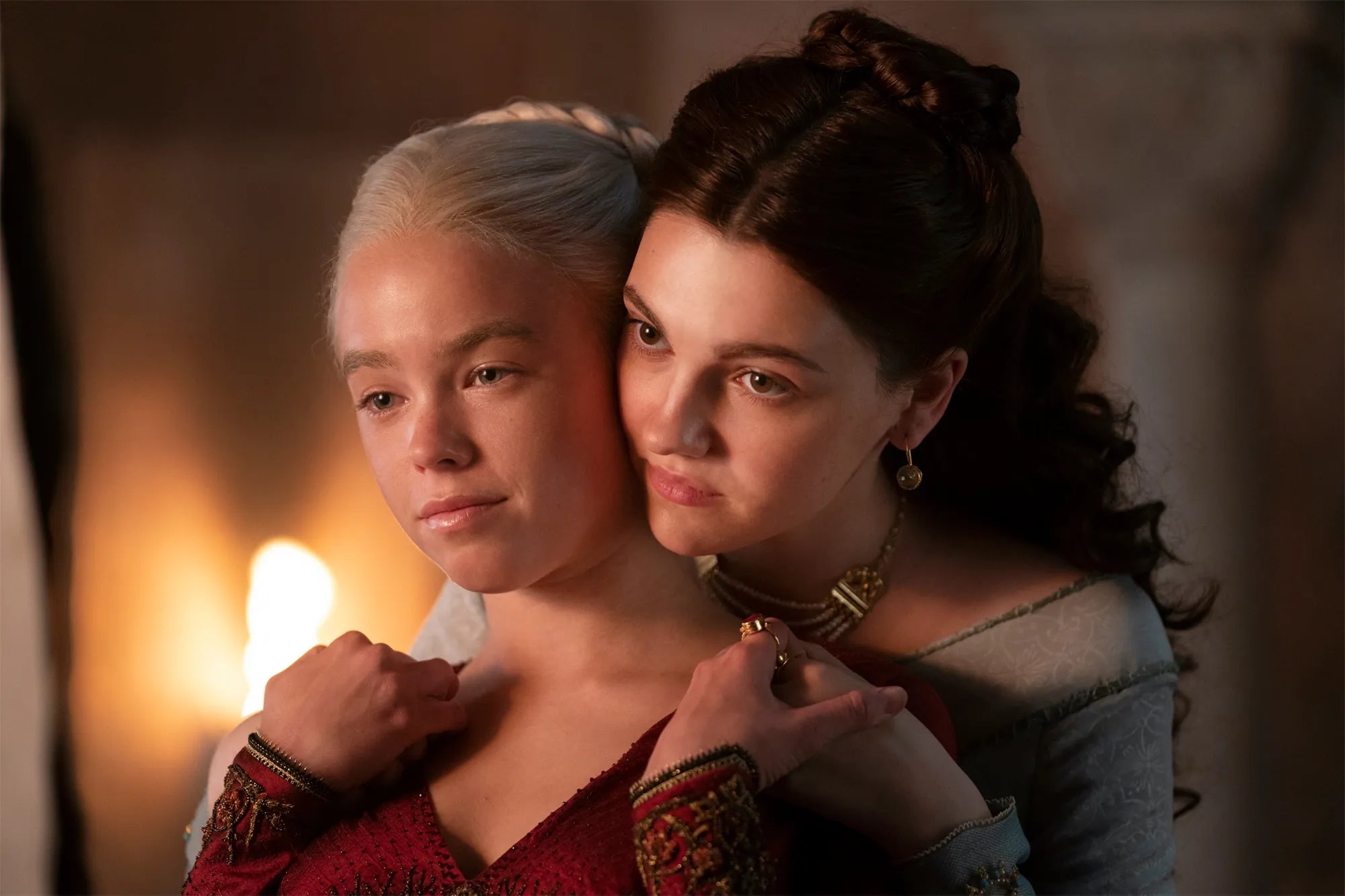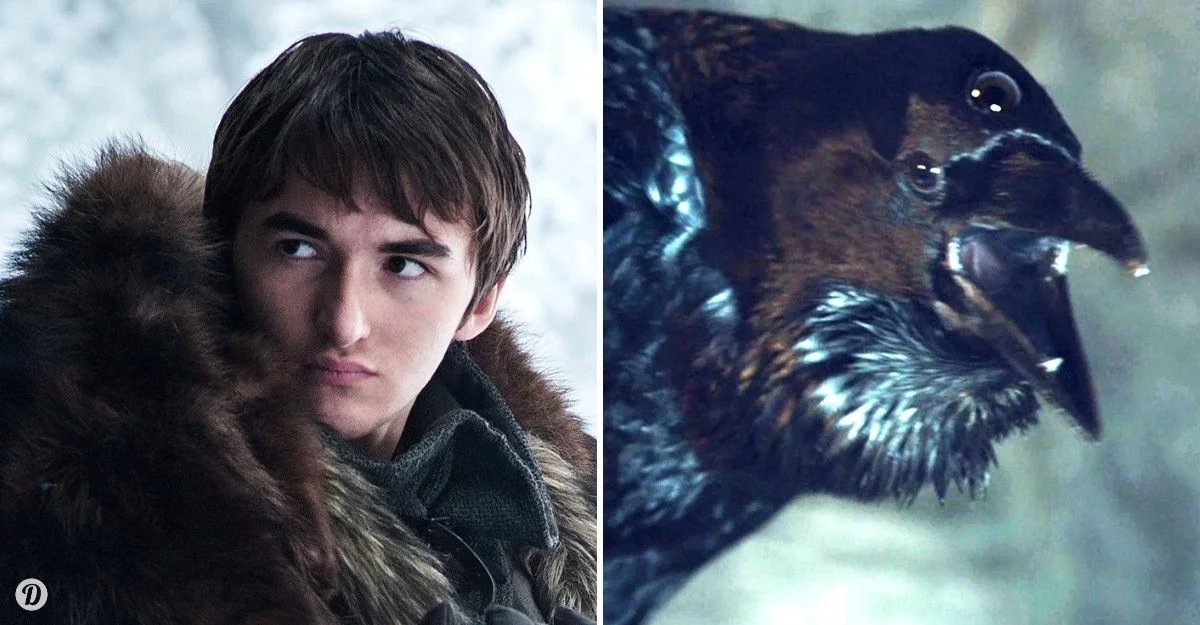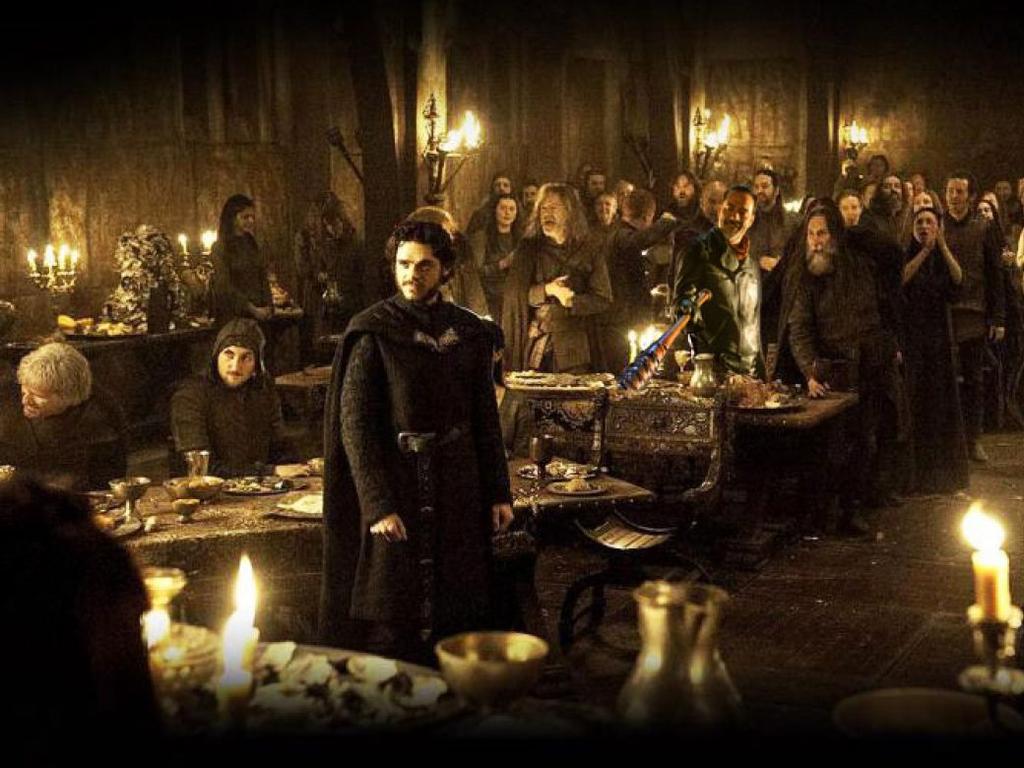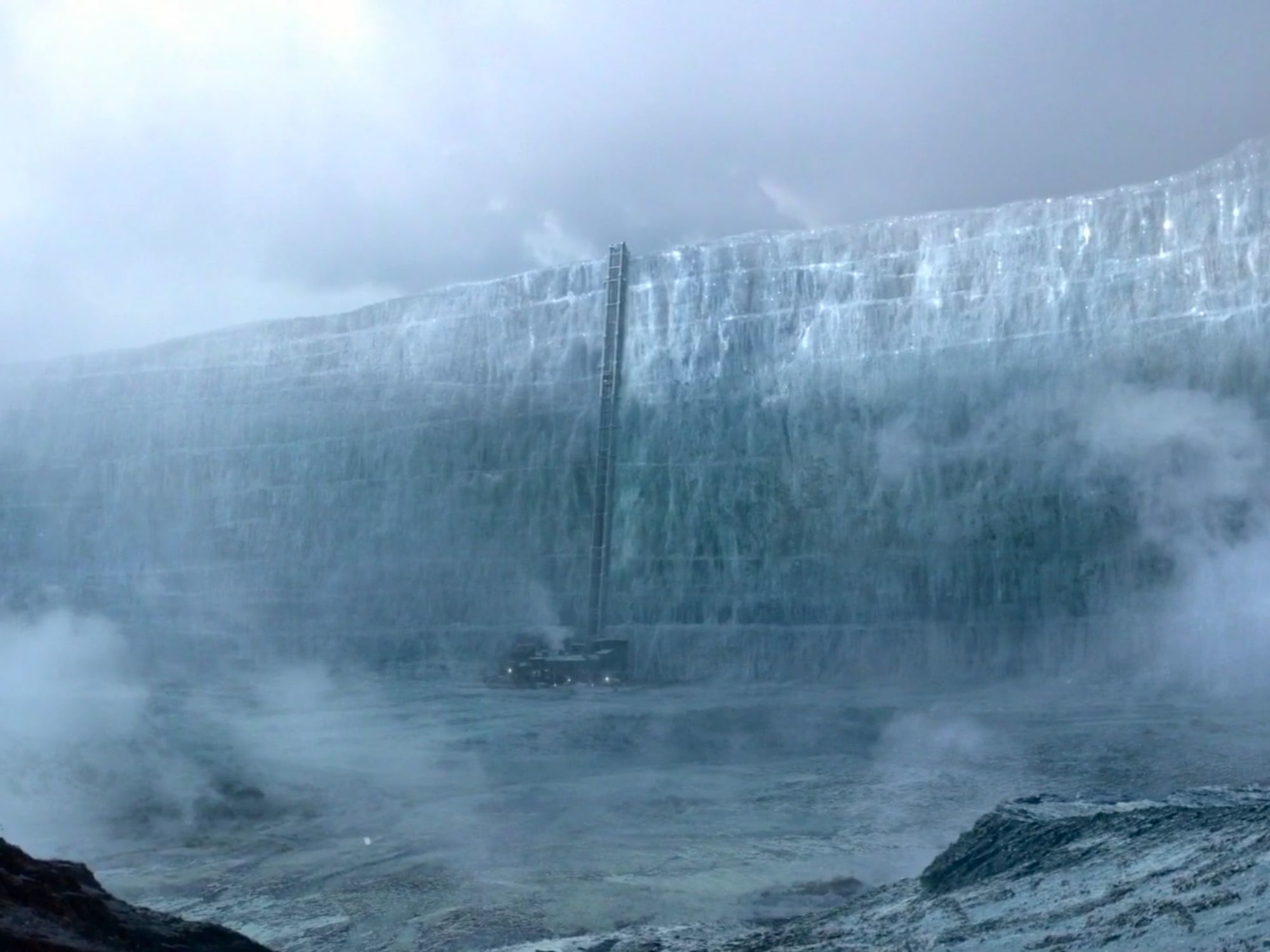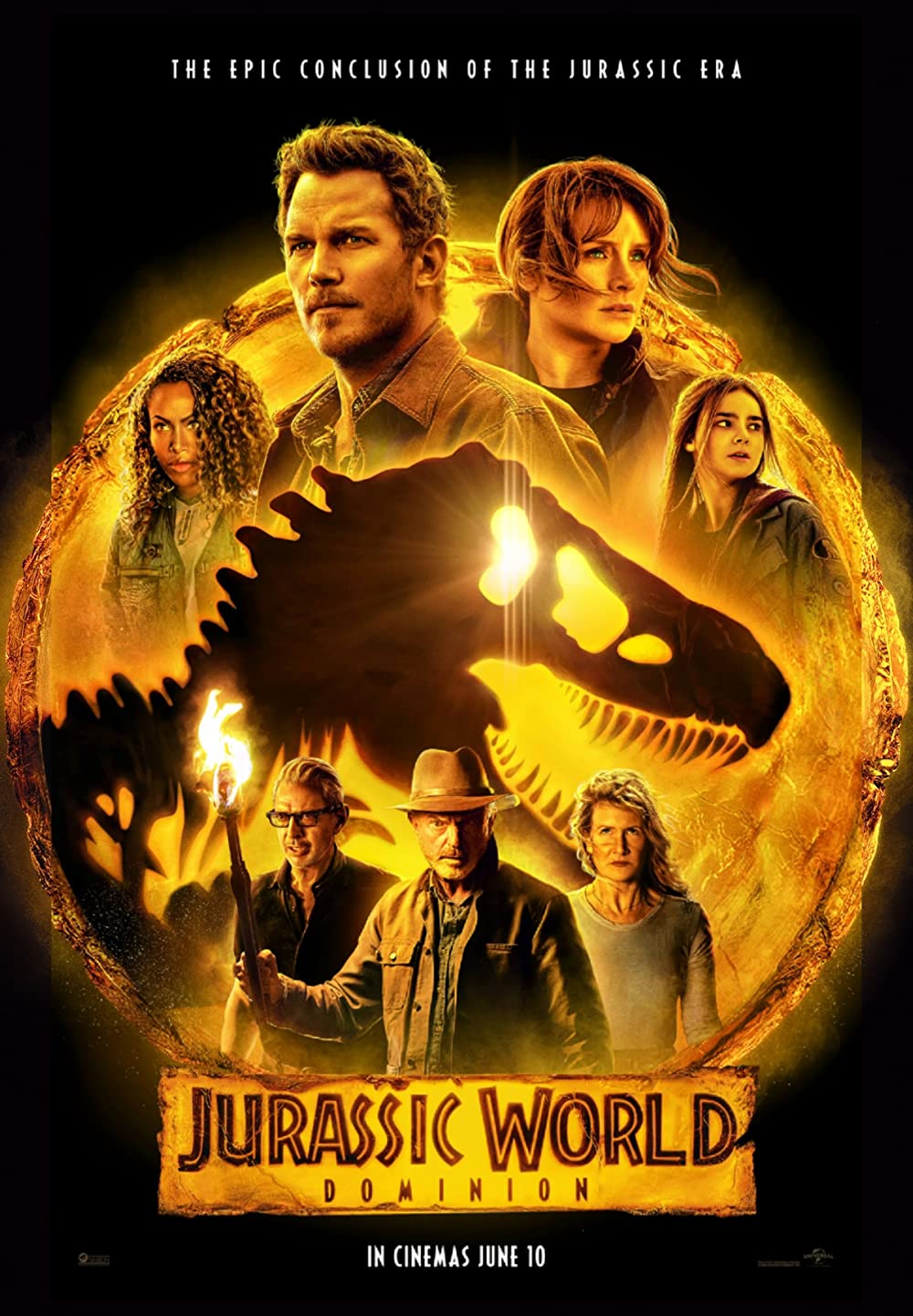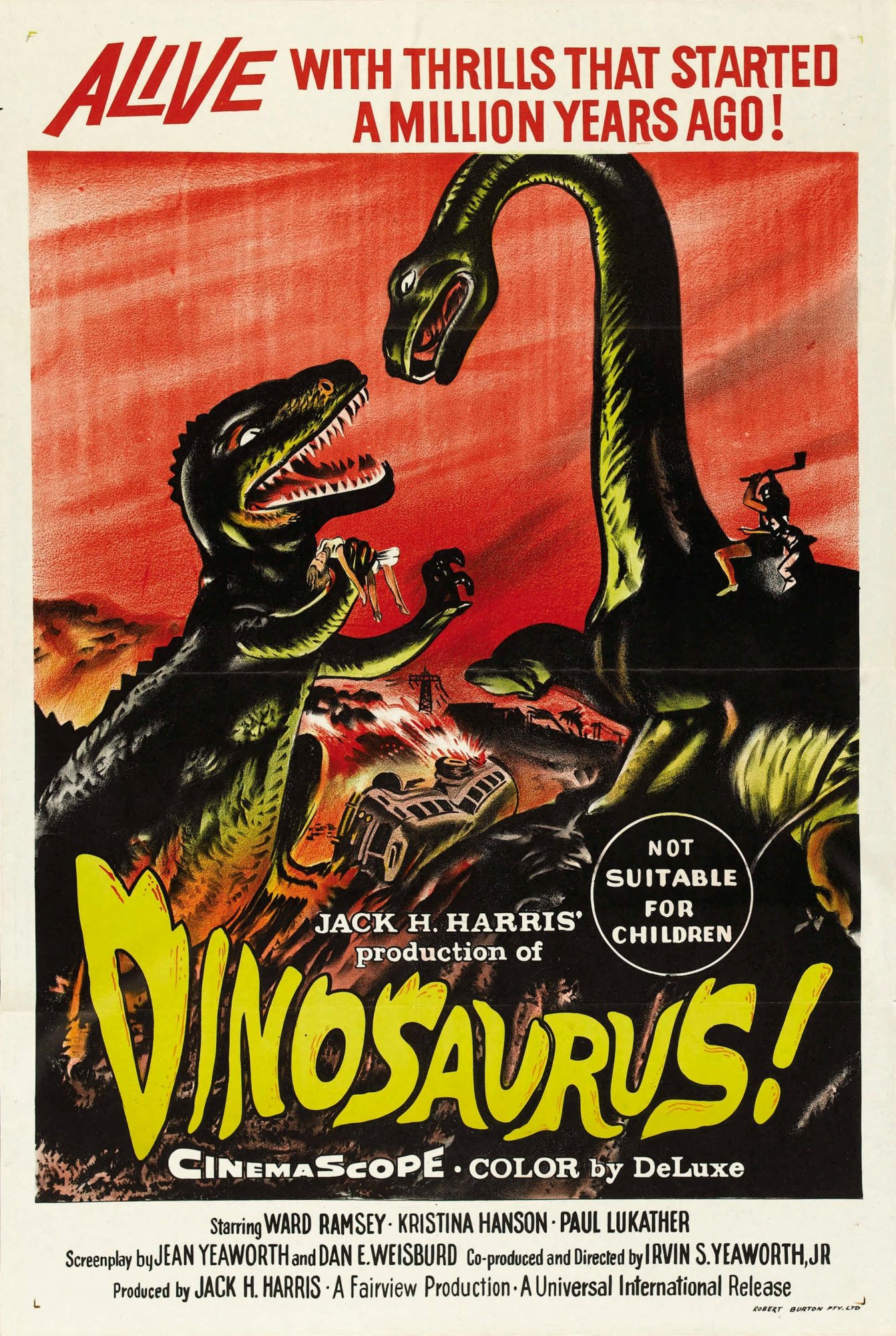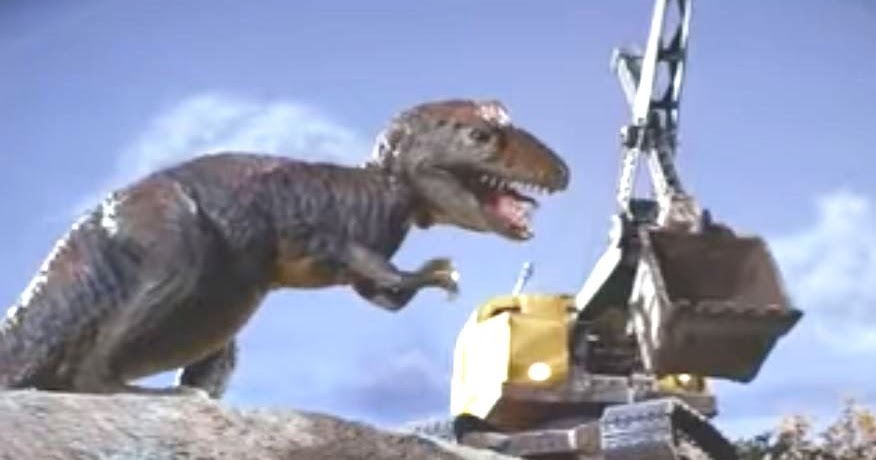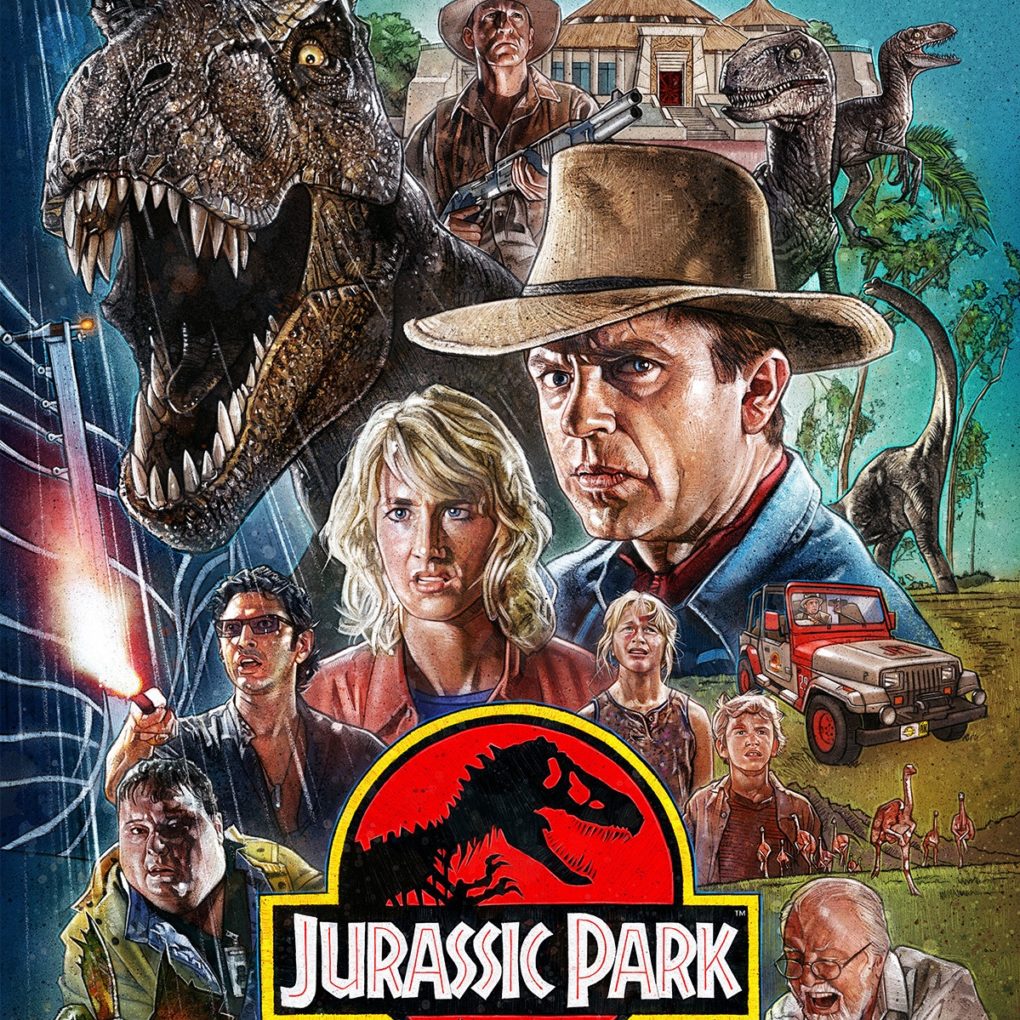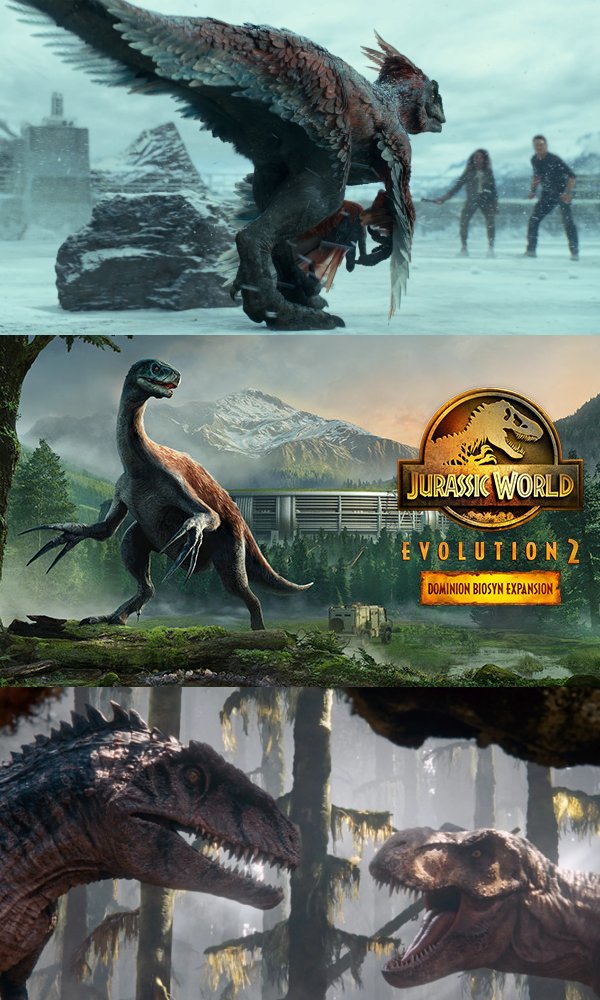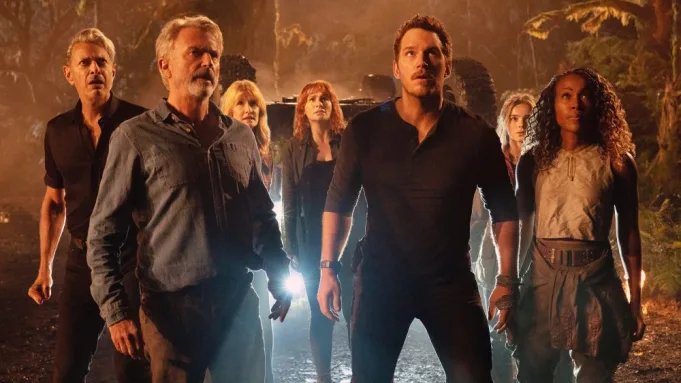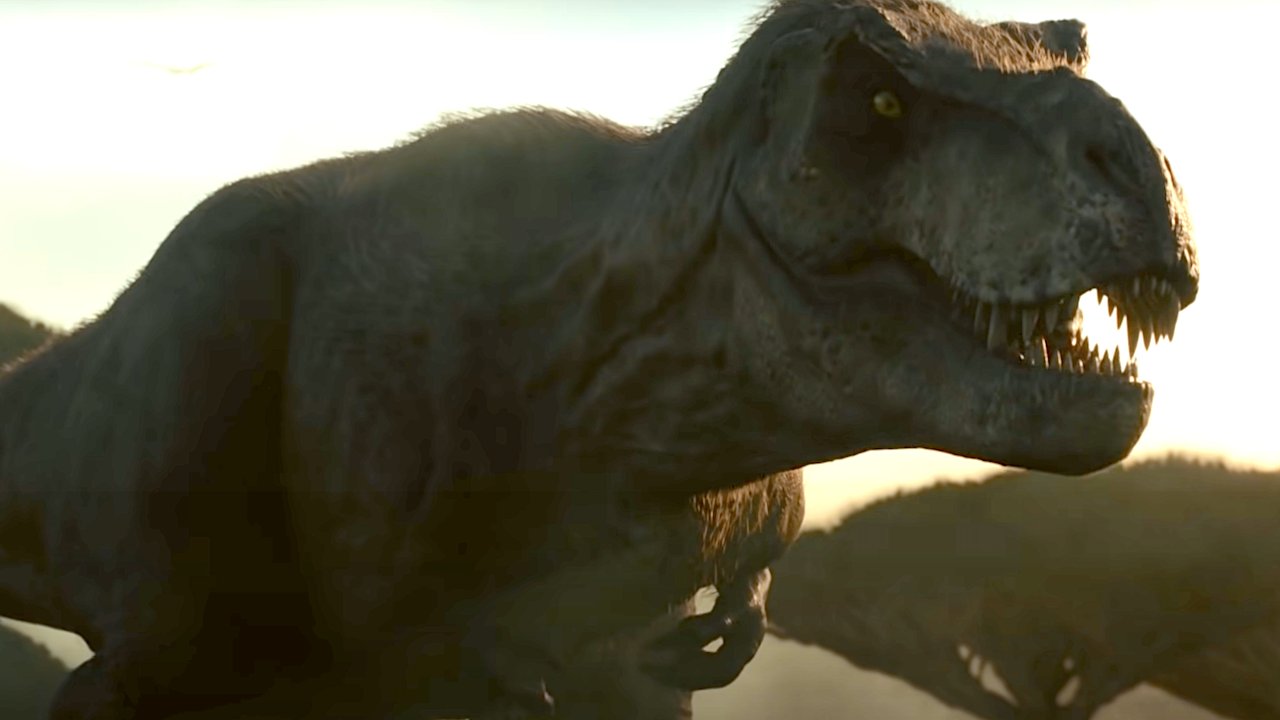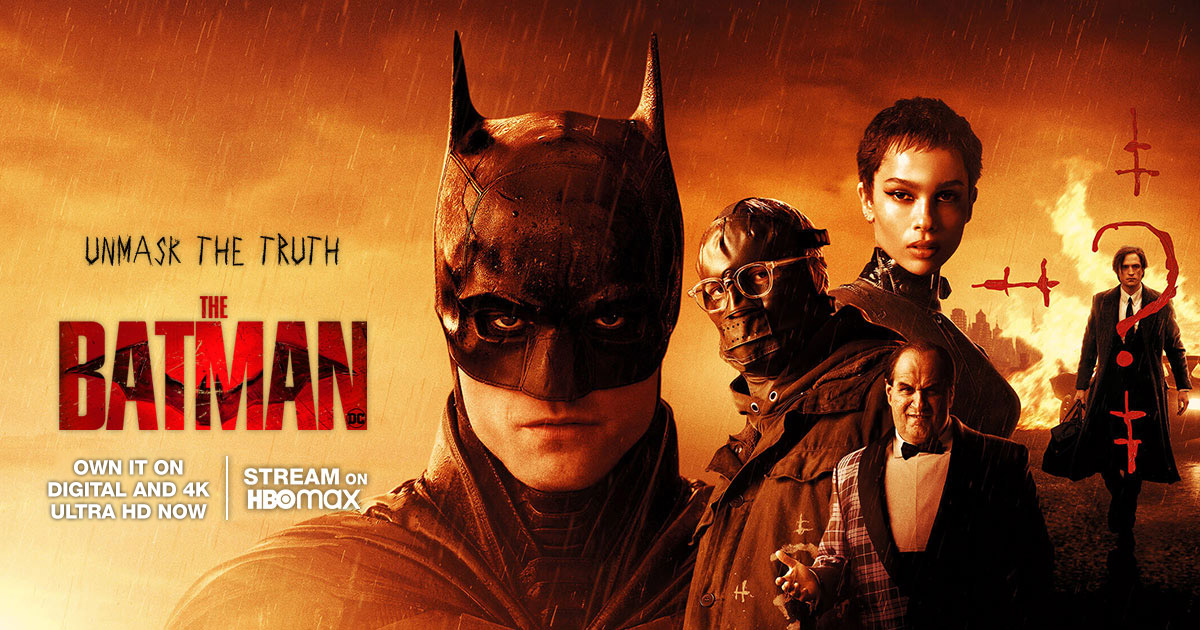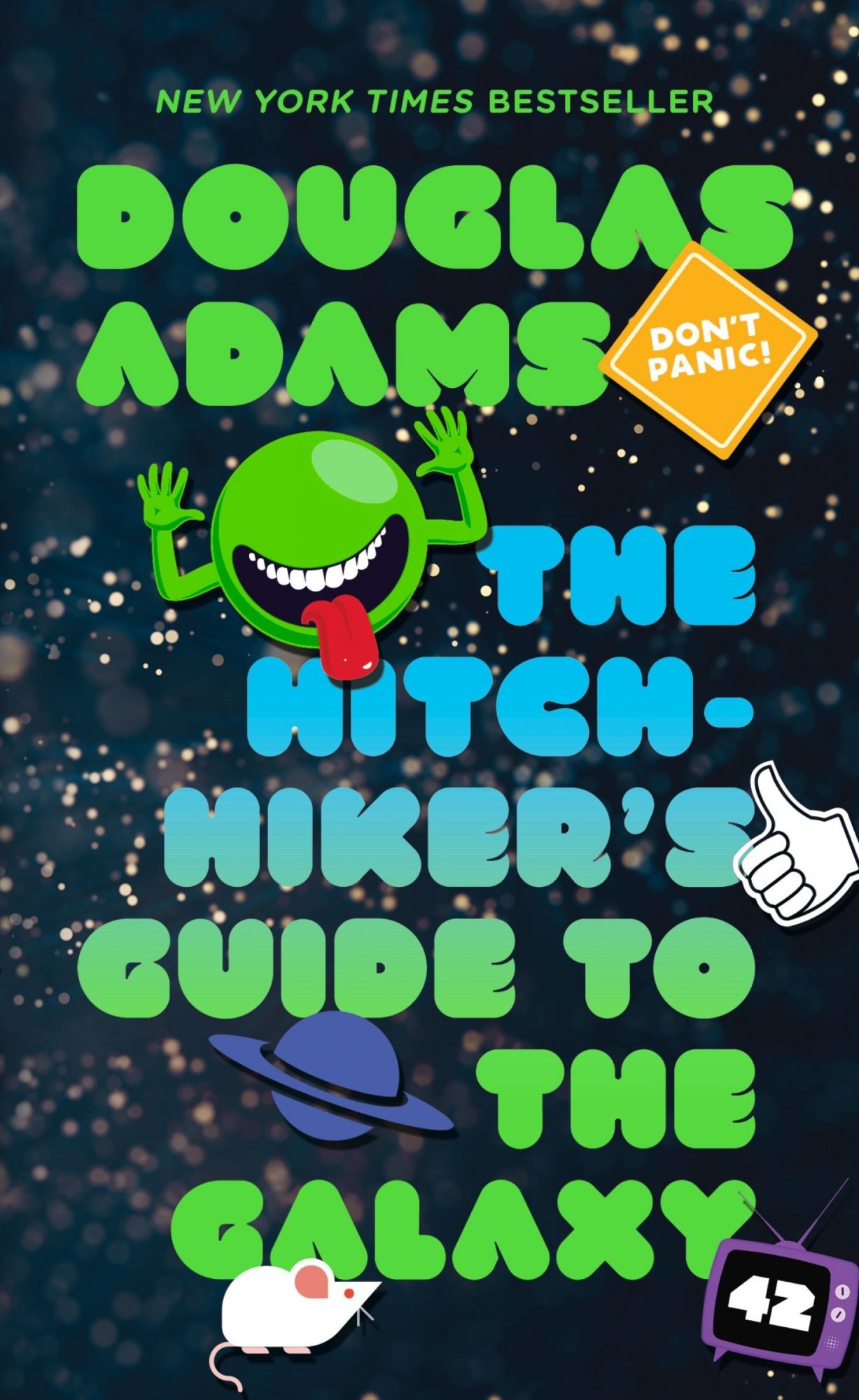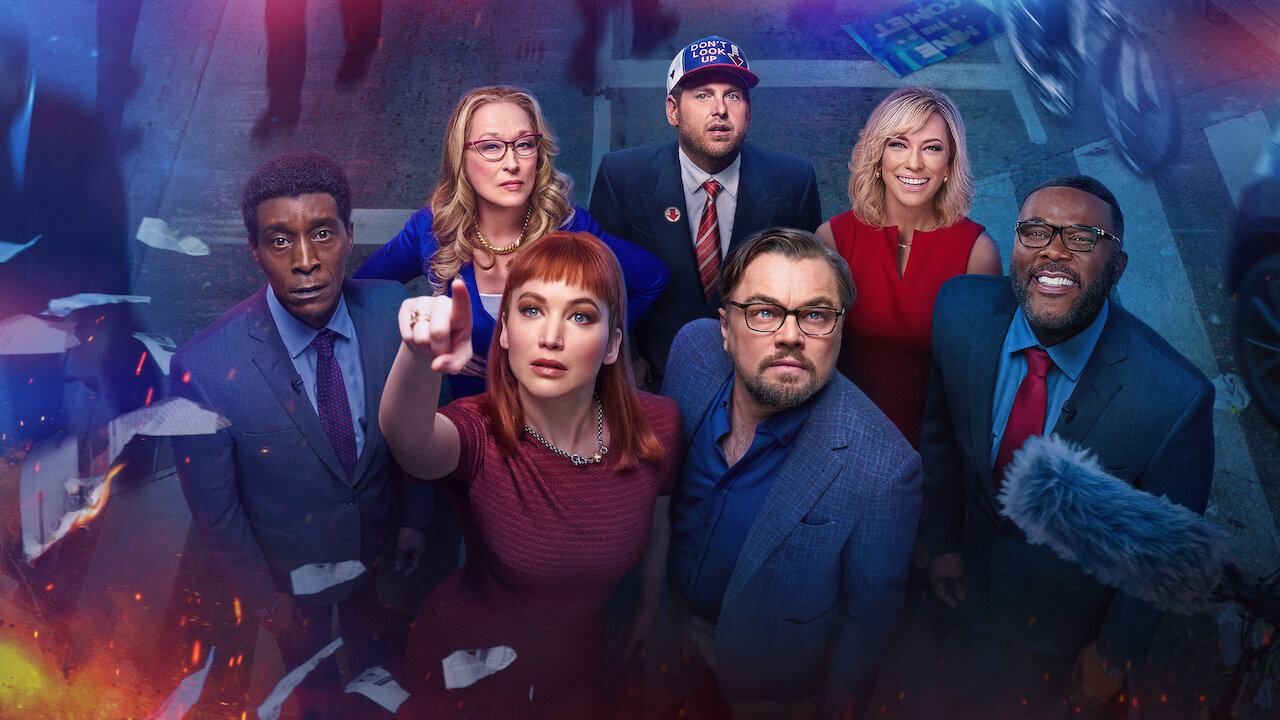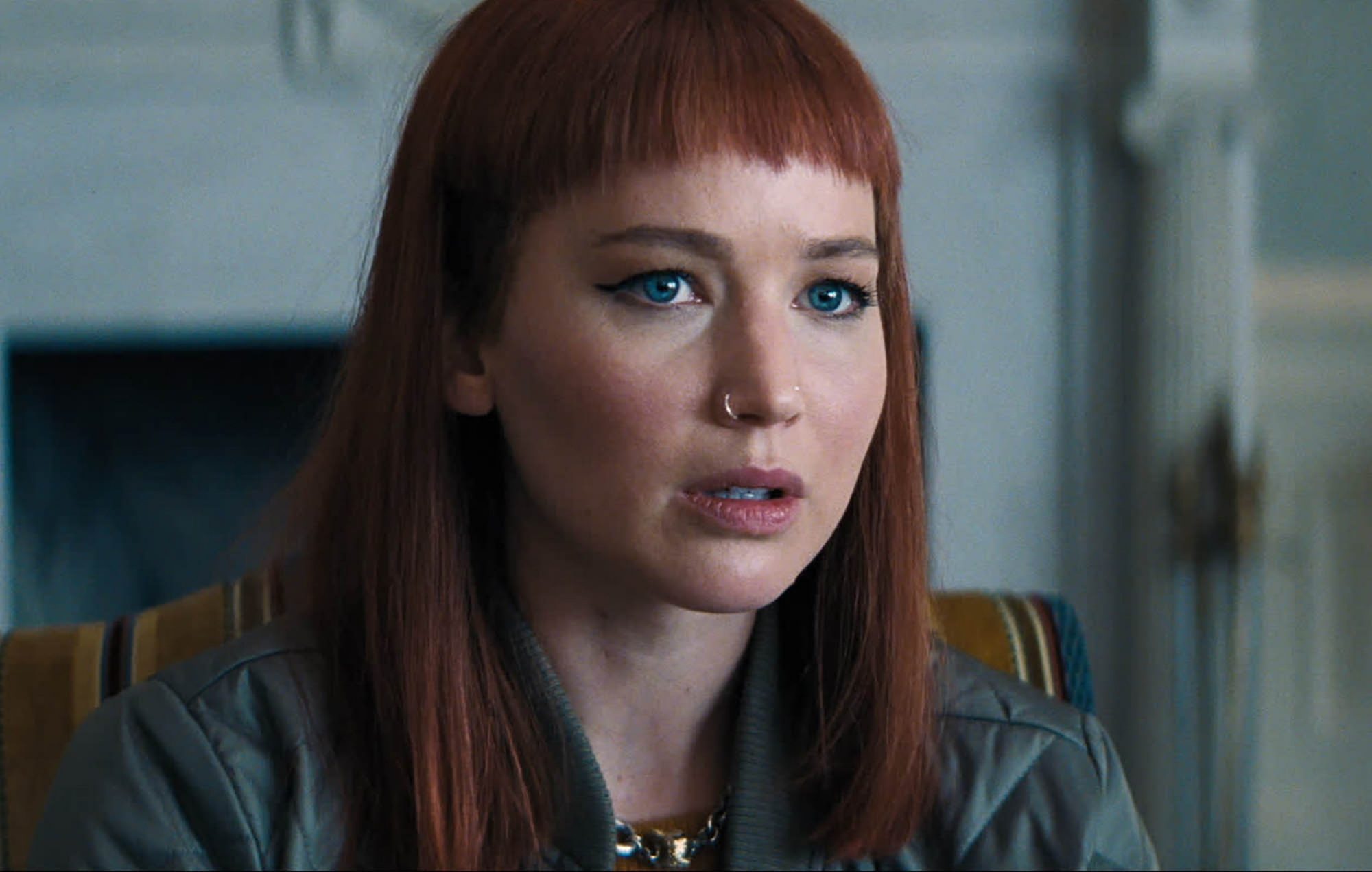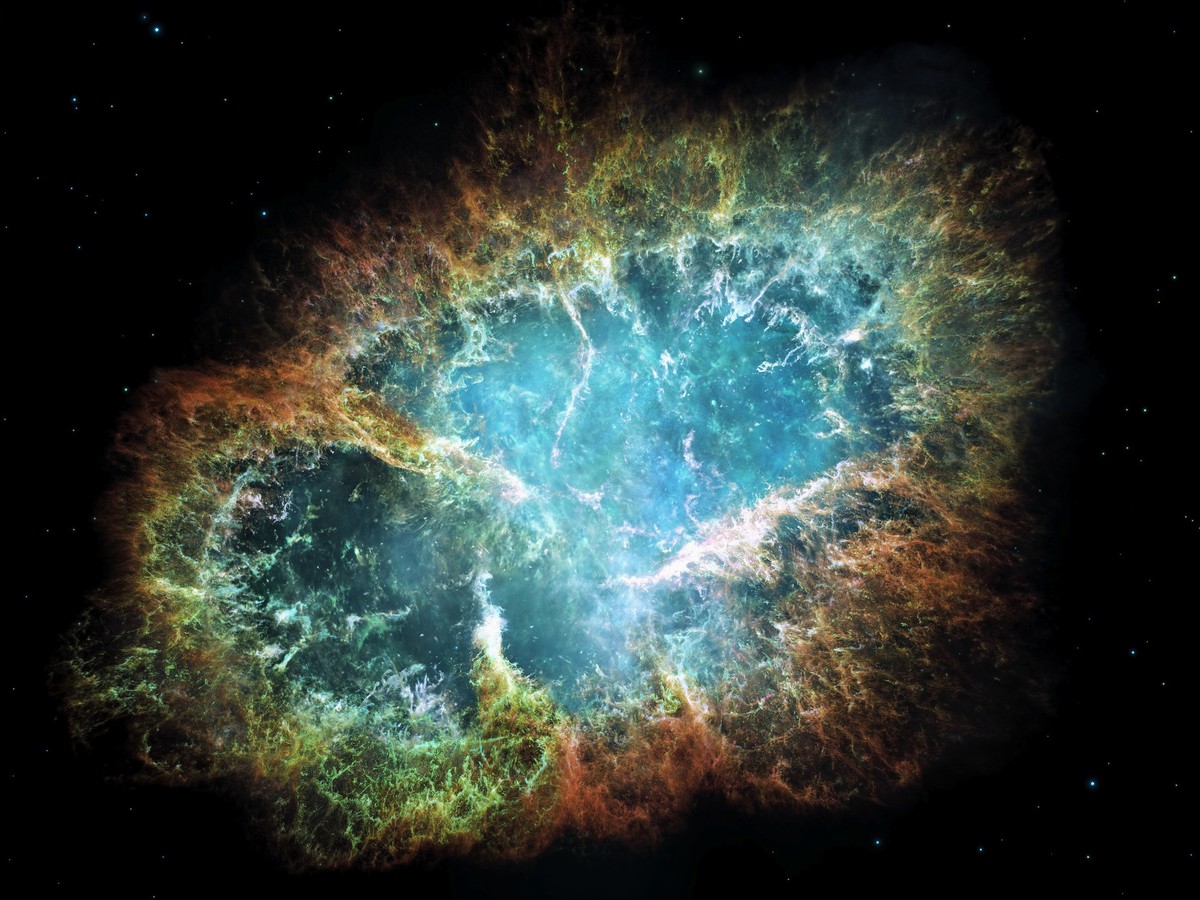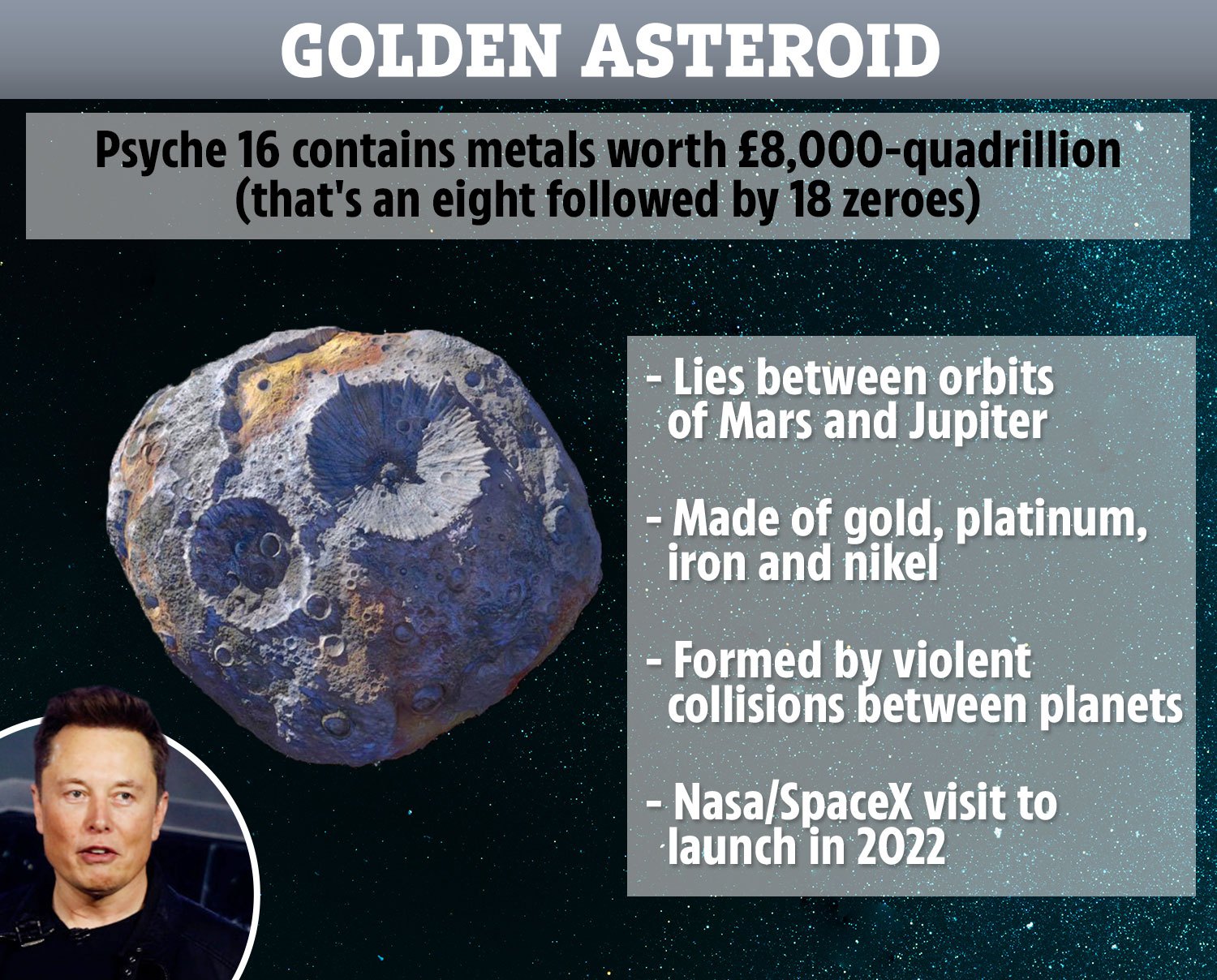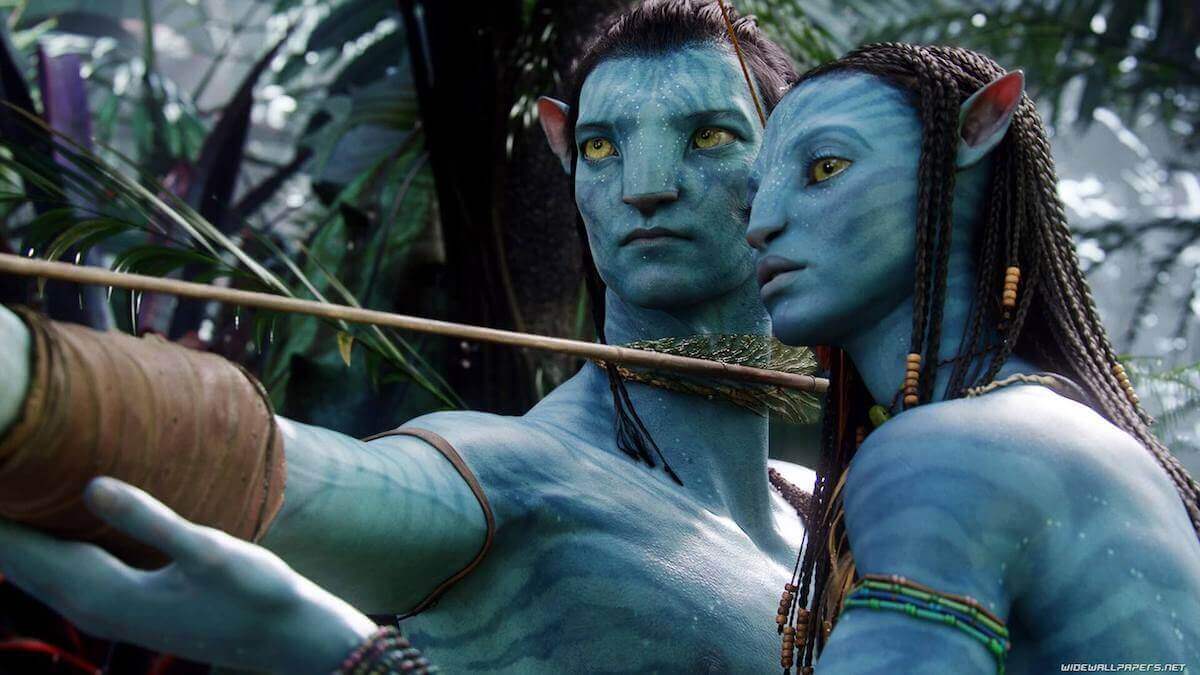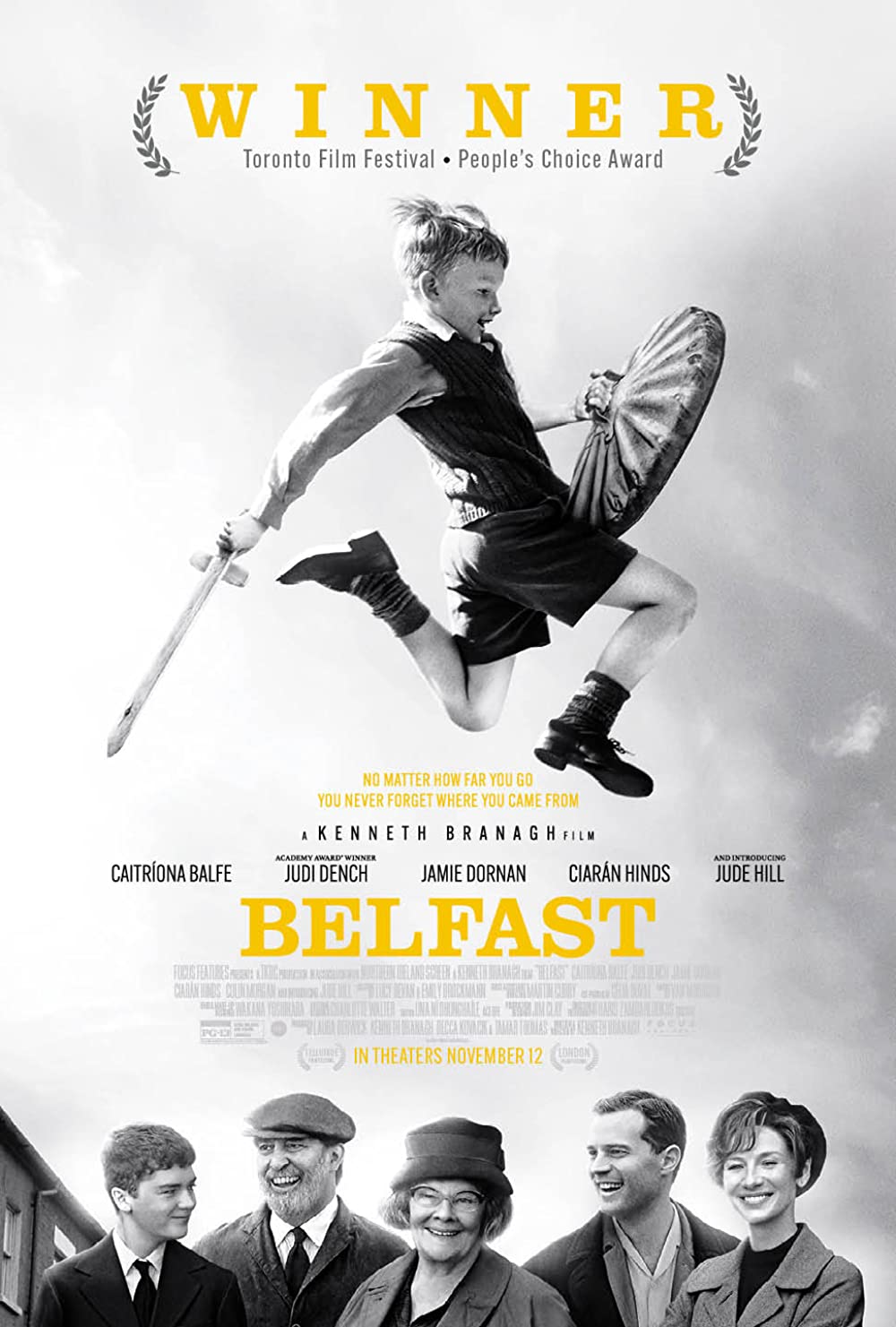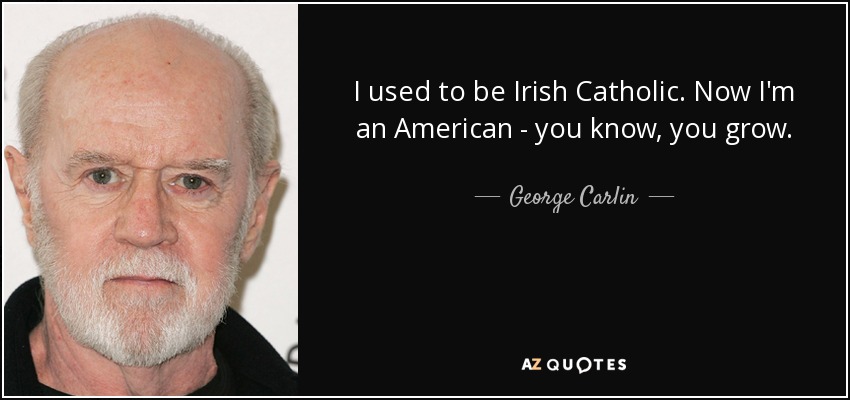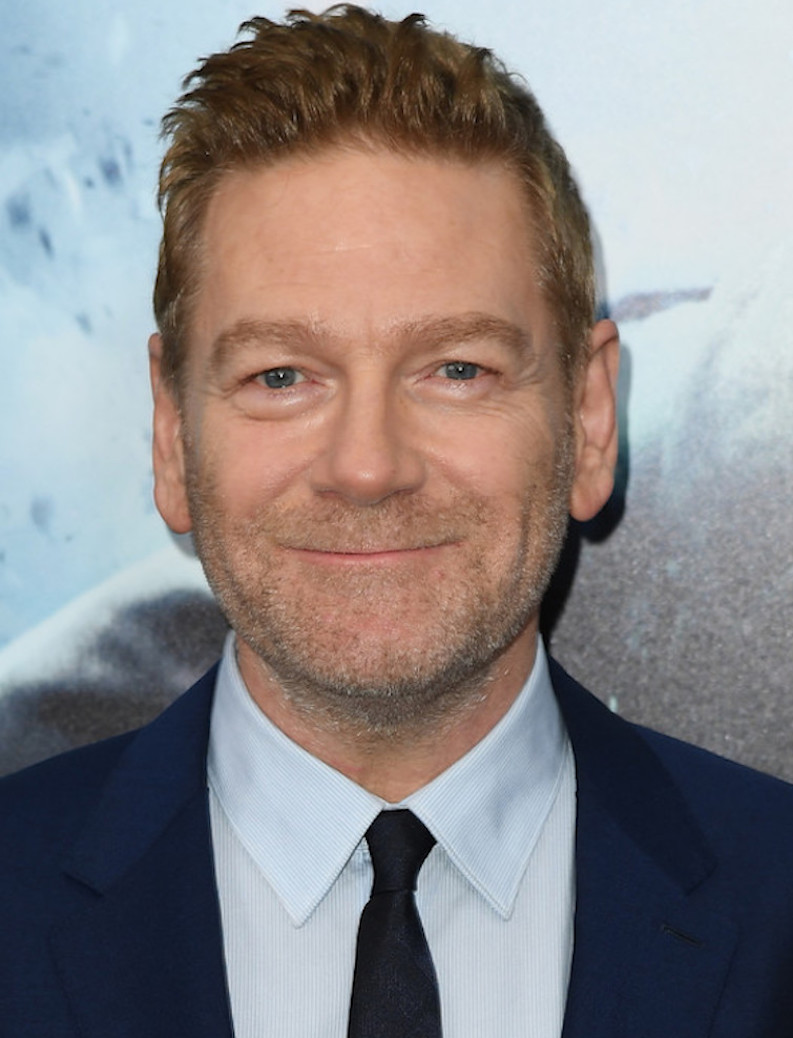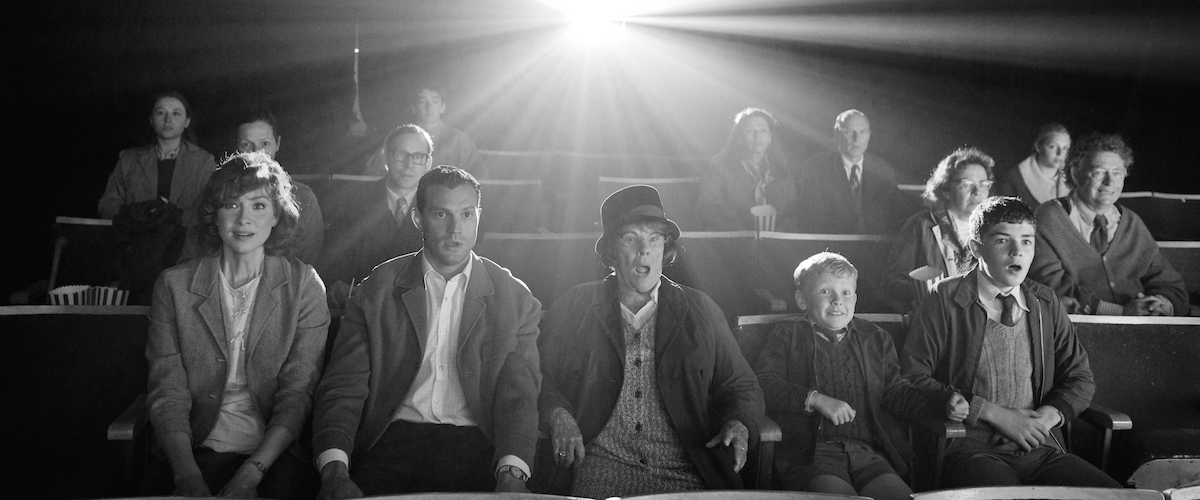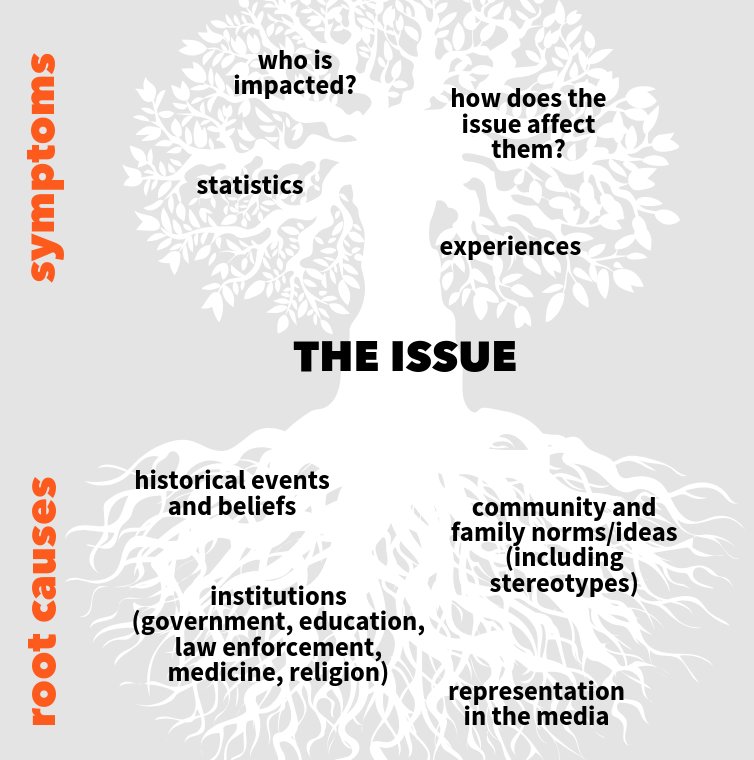The novel ‘Dune’, by author Frank Herbert is, like Tolkien’s ‘Lord of the Rings’ and Martin’s ‘A Game of Thrones’ best known for the author’s ability to convincingly create a world unlike anything the book’s readers have ever experienced. The world of ‘Dune’ takes place about 9,000 years from now when humanity has spread to a number of different star systems. Interstellar travel is only possible however, thanks to a mystical drug known as ‘spice’, which can only be found on the desert world called Arrakis.

How the ‘spice’ works is never fully explained, suffice it to say that ‘spice’ is a hallucingenic, mind expanding drug, of the sort that were all the rage back in the 1960s when ‘Dune’ was written. Obviously this ‘spice’ is the most valuable and sought after commodity in the known universe. ‘Dune’ is about the political intrigues and violent conflicts over control of the ‘spice’.

Now world building of this sort takes time and a lot of attention to details, which is why stories like ‘The Lord of the Rings’ and ‘A Game of Thrones’ are really long books, so long in fact that they are usually cut into several books. The original ‘Dune’ remained as one book but Frank Herbert and his son have written a number of sequels that take place on the desert world Arrakis.

Still, trying to turn a large work like ‘Dune’ into a single movie is a recipe for disaster as was demonstrated by the Dino de Laurentiis version in 1984, well known in SF circles as something to be laughed at despite having some really good actors in it. In order to come in under budget the special effects were childish and there was simply not enough time to really enter the world of ‘Dune’.
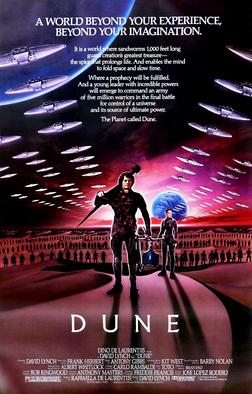
The producers of the latest version of ‘Dune’ recognized this problem and so they immediately decided to split ‘Dune’ into two movies, each longer than the entire 1984 version. What they didn’t recon with was the covid-19 pandemic, which forced the two parts of ‘Dune’ to be released 3 years apart.
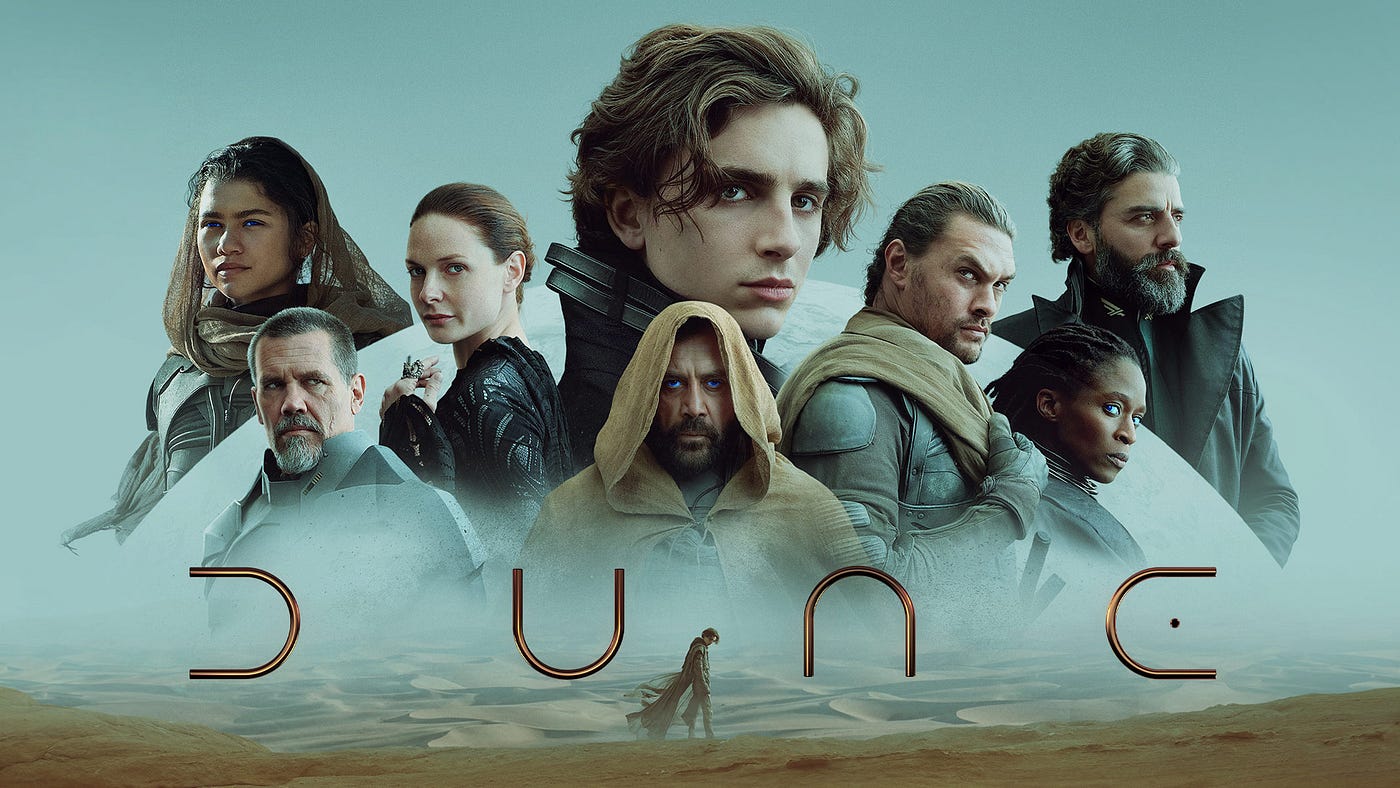
In Part 1, Duke Atreides has been granted the planet Arrakis by the Emperor, played by Christopher Walken, to replace Baron Harkonnen, played by Stellan Skarsgard, because the Baron has failed to put down a insurrection by the native people of Arrakis known as the Fremen. The takeover is really a trap however because the Emperor is jealous of the Duke’s influence with the other noble houses. Thanks to treachery the Harkonnens attack and destroy the Atreides, only the Duke’s wife Jessica, played by Rebecca Ferguson, and young son Paul, played by Timothȇe Chalamet, manage to escape into the desert. There’s a lot more to Part 1 then that but I don’t want to give too much away.

I do have to mention the giant worms that inhabit the deserts of Arrakis however. These animals attack anything that causes a vibration and can easily destroy almost anything they can reach, making the harvesting of the ‘spice’ quite dangerous. Anyway Part 1 ends with Paul and his mother making contact with and being tentatively accepted by the Fremen.
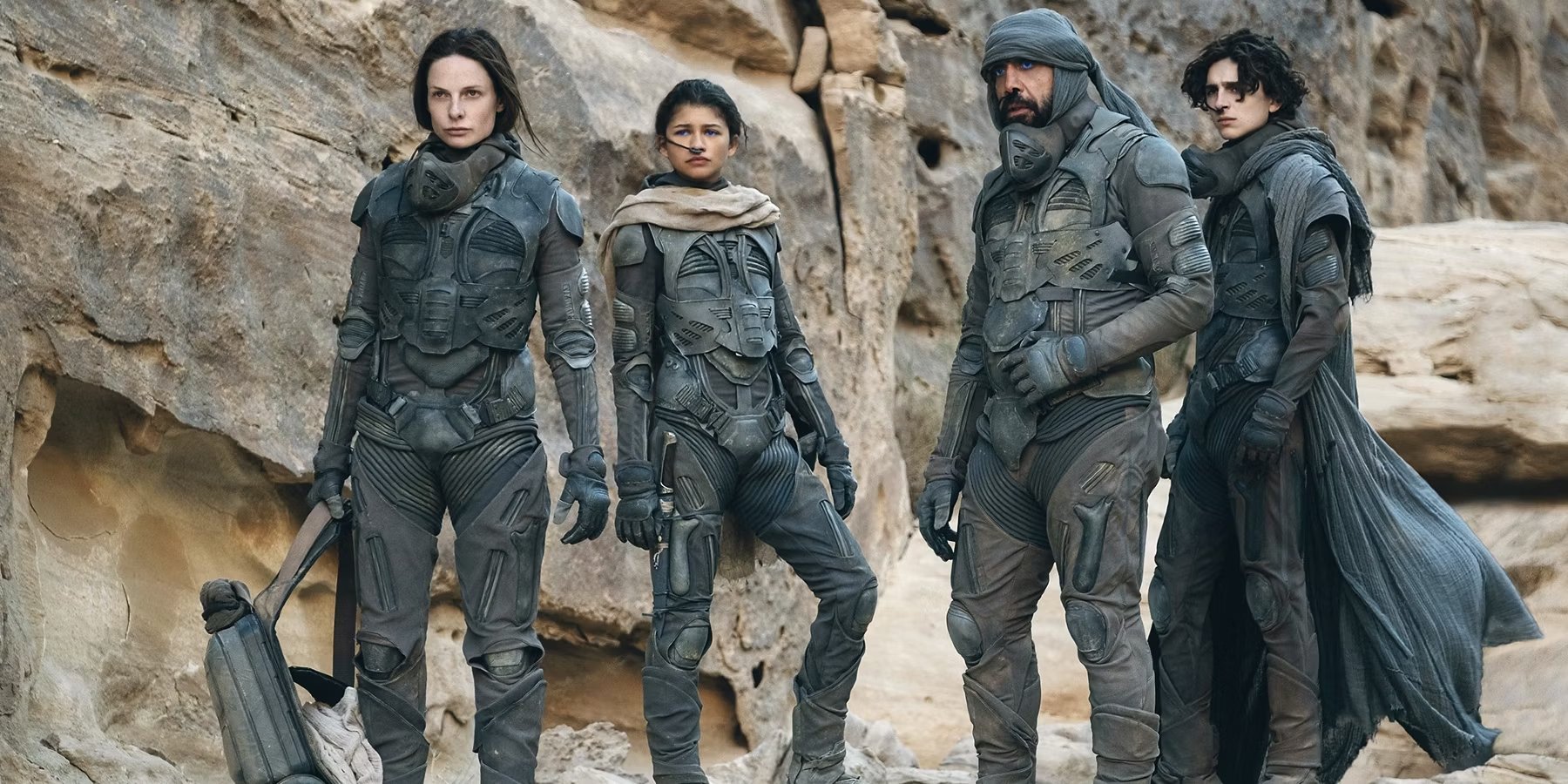
In part two Paul and Jessica learn Fremen ways, including how to actually ride the giant worms. At the same time the Harkonnens begin an offensive against the Fremen meant to eliminate them. Part 2 is therefore the story of the fight between the Harkonnen, backed by the Emperor and the Fremen with Paul and Jessica gaining power within Fremen society.
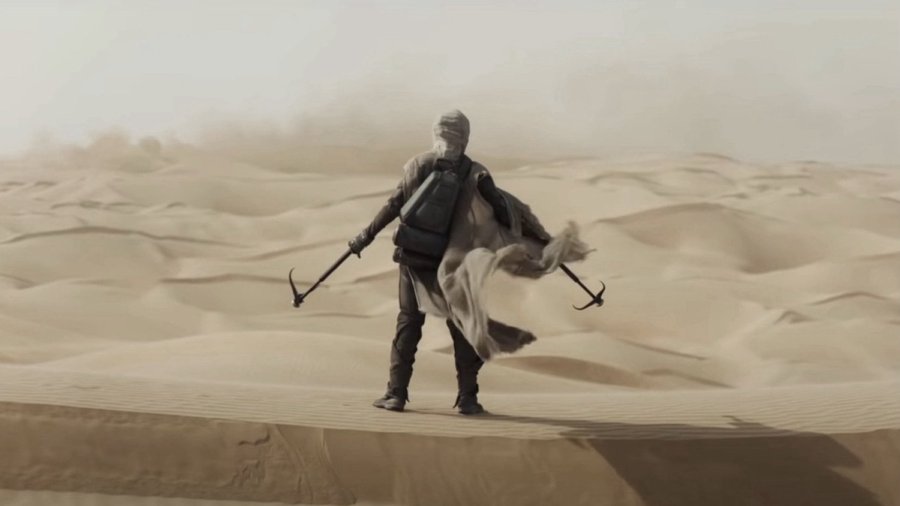
On top of all the political intrigue and battles there’s a heavy coating of religious mysticism in ‘Dune’. Everybody has prophecies, the Bene Gesserit sisterhood have their prophecy of a superman type, the Fremen have their prophecy of a saviour etc, etc. The question is, is Paul the one who was foretold?

While the special effects in ‘Dune Part 2’ are quite good I do have a couple of criticisms. For one thing the editing is a bit annoying, Paul has many visions during the story and it’s often hard to tell reality from vision, you can get quite confused if you’re not paying attention and aren’t familiar with the story. Some of the acting isn’t great as well, particularly Timothȇe Chalamet who seems to be sleepwalking a good part of the time. Finally, as I mentioned above the novel really glosses over how interstellar travel works, well in ‘Dune Part2’ it’s completely ignored, I believe it was mentioned briefly in part 1.

Those are a few of my problems with the movie ‘Dune Part2’ but I have to be honest, I’ve always had a few problems with the novel Dune ever since I first read it back in the 70s. First of all, on the desert world Arrakis, where do the worms get enough food to grow so big? Second, and more importantly, if the ‘spice’ is absolutely necessary for interstellar travel, something that again is never really explained, how did humanity ever get to Arrakis in the first place to discover the ‘spice’? I know that’s nitpicking but in a story that pays so much attention to detail in the rituals of the various societies portrayed, those questions leave quite a big hole to me.

Nevertheless ‘Dune’ is a classic of Science Fiction and it deserved a decent treatment as a movie. So go see ‘Dune Part2’, but only after seeing part 1, otherwise you’ll be completely confused as to what is going on.


